
Global, Nov 14, 2022
Post-pandemic, businesses no longer have centralized workforces. What does this mean for operations and management?
11 November 2022 at 12:41 United Kingdom Time (show in host time)
By: David Howell
We’re an Uber workforce now | UNLEASH
Why You Should Care
62% of businesses plan on tapping international talent pools in 2023 for borderless working.
98% of respondents want to or already have rethought their office space.
63% of CHROs say employee well-being levels have deteriorated since 2020.
COVID-19, the war in Europe/Ukraine, and shifting work patterns have impacted all enterprises and reshaped business processes and how all stakeholders will be supported in the future.
In this brave new world of recruitment, talent management and a re-drawing of the employment landscape, businesses are now designing new approaches to work.
A so-called Über workforce is connected, believes their employer is forward-thinking and supports their career goals.
“If the workforce believes in the company’s mission, then flexibility follows,” says James Tweed, the founder and managing director of digital learning company Coracle.
“If the workforce isn’t engaged then it’s no surprise that staff turnover is high. In a world of change, organizations should double down on training and supporting staff to build loyalty, because loyalty is the key to flexibility.”
Enterprises are also looking across the globe to find the talent they need. New Perkbox research found that nearly two-thirds (62%) of businesses plan to tap international talent pools in the next year to shift towards ‘borderless working’ models.
“One of the main challenges businesses will face is aligning a diverse and distributed workforce to the same unified purpose and culture,” Gautam Sahgal, CEO at Perkbox, tells Unleash.
“How do we get everyone from all these different backgrounds and with all these different perspectives to believe in the same thing — the company mission and purpose? In a borderless world, business leaders need to ensure that employee experience becomes a central pillar around which company culture is built and communicated.”
Can we define next-generation workforces? Christa Quarles, CEO at Alludo, believes these workers are already waiting for the right company: “I would say that everyone in this new world of work is a next-generation employee. As knowledge workers, we depend overwhelmingly on technology to do our jobs. That was true before the pandemic-induced shift to remote work and is exponentially more relevant now.”
In addition, what work means and how workforces are created, defined, and nurtured are also moving through a period of transformation.
Businesses that can flex to become agile enterprises with workers that can also pivot and work effectively from any location yet maintain a strong culture will define their industries and sectors.
The digital and the physical
Digital working spaces have been evolving since the inception of the internet. The pandemic accelerated the deployment of digital communications and productivity tech stacks, often with little thought to employee experience and security.
Experience is of paramount importance today as workforces have transformed and demand more control and flexibility with how and where they work.
Closely tied to these changes is how wellbeing is being supported across organizations. Employees now expect high levels of career progression and good work-life balance which is often tied to how technologies have been deployed.
Josh Brenner, CEO at Hired, points to clearly defined support as the key to talent acquisition and retention: “A lack of growth and advancement opportunities is one of the top five stresses at work.
“Therefore, providing clear development opportunities from when an employee is hired will motivate them to stay with the employer.
“In addition, artificial intelligence and machine learning can streamline HR systems, protect critical data and be used by successful businesses, so employees are looking for businesses that invest in the technologies that help them grow. Therefore, businesses that employ these technologies will attract the next generation.”
A mass return to physical working spaces is clearly not on the strategic development roadmaps of most businesses. Indeed, in their report, Slack showed a massive shift, with 98% of respondents wanting to or have already rethought their office space or deployed hybrid working technologies.
Listening to employees that have changed perspectives as they see their work evolving before their eyes is essential. And, of course, workers looking for their next post is more discerning and evaluate the values of the businesses that want their talent. The hybrid worker is coming into focus.
Enterprises that are fast to define hybrid worker drivers will win the battle for the essential talent they need to innovate at speed.
HR is tasked with supporting new business processes, and a shifting workforce will need to take a holistic approach.
Employee engagement can be challenging with dispersed workforces. With recruiting, can HRs illustrate technological enablement? How is well-being supported? And how is hybrid working also able to deliver great employee experiences?
“Gen Z and millennials are undoubtedly the natives in our digital-first world,” Justin Kearney, Group Senior Vice President of Human Resources, Logicalis Group, comments to UNLEASH.
“They have different values to previous generations, wanting to work for businesses who focus on flexibility and work-life balance. However, this younger workforce desire more than a corporate policy. As a result, organizations are turning to technology to create a truly collaborative hybrid workplace and manage the younger generations satisfactorily.”
And critically: “Out-dated technology can stunt the growth of such workplaces. Younger generations are becoming frustrated with slow computers and applications, hindering them from working effectively.
“Businesses that modernize their workplace technologies will have the right resources to nurture and encourage the talents of millennials and Gen Z.”
Organizational evolution
From an employee perspective, the fallout from the pandemic has been an erosion of employee support. According to NTT, 63% of CHROs say employee wellbeing levels have deteriorated since the start of the pandemic, with just a third (38%) of employees saying their employer fully values their health and wellbeing.
“As hybrid and remote working models become increasingly prevalent, technology is seen as the most important enabler of workplace strategies, followed by the quality of employee collaboration, employee wellbeing and the employee experience,” wrote NTT. “Our data indicates a significant opportunity to optimize is being missed.”
Work and workplaces have become fluid and dynamic environments. Managing existing hybrid workers and new recruits needs a flexible approach. The question of who is responsible for this strategy is multifaceted as workplaces have evolved.
Creating a seamless employee experience will require an understanding of each pressure point. Technology can certainly be a solution here, but workers must have practical inputs on the tools and services they will be asked to use.
And these tools and services must be within a secure environment as the threat perimeter has expanded as remote hybrid working becomes the norm.
Jeremy Campbell, executive coach, people and business transformation expert and CEO of Black Isle Group, concludes: “Our new mantra is that successful people consistently do what other people only occasionally do. That’s why we are so passionate about the methodology of everyday actions as the key to maximising performance in the hybrid world.
“As someone said to us recently – ‘with the right commitment, it’s almost impossible for it not to work’.”
Today’s Über workforce is empowered by integrated technologies they can access and use within a safe and secure environment. Smart businesses are creating hybrid working spaces – both physical and virtual – to support dispersed workers.
CHROs tasked with redefining what work means, the skills needed, and the talent required to meet stated business goals, also need to rapidly evolve their own skills and oversight.
The one size fits all approach to workforce management has been washed away by the tide of change driven by the pandemic.
Related Insights
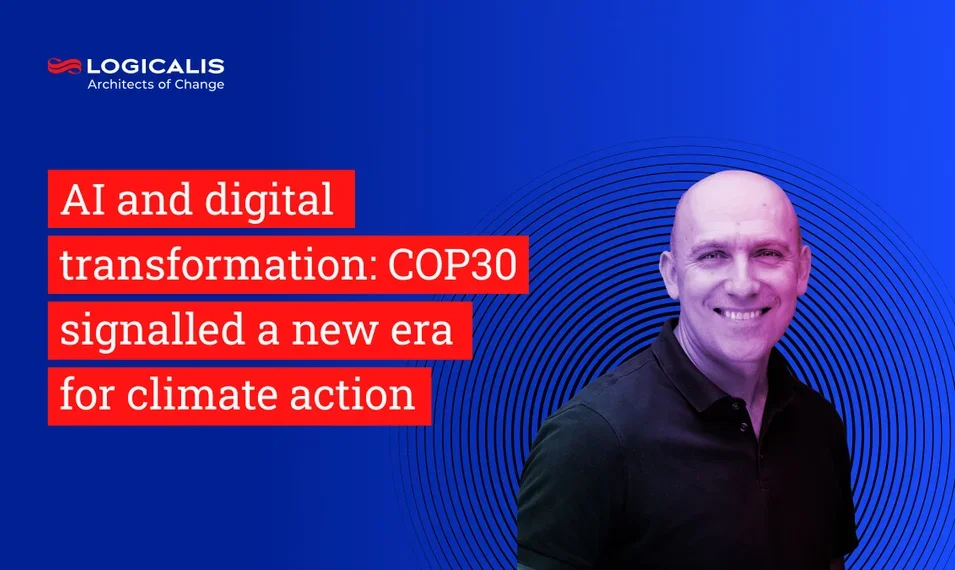
Global , Dec 10, 2025
Announcement
AI and digital transformation: COP30 signalled a new era for climate action
COP30 in Belém, Brazil marked a turning point for climate action, elevating technology and AI as key drivers of sustainability. Discover how digital innovation, from emissions tracking to AI-powered resilience, is shaping the future of climate strategy and operational excellence.
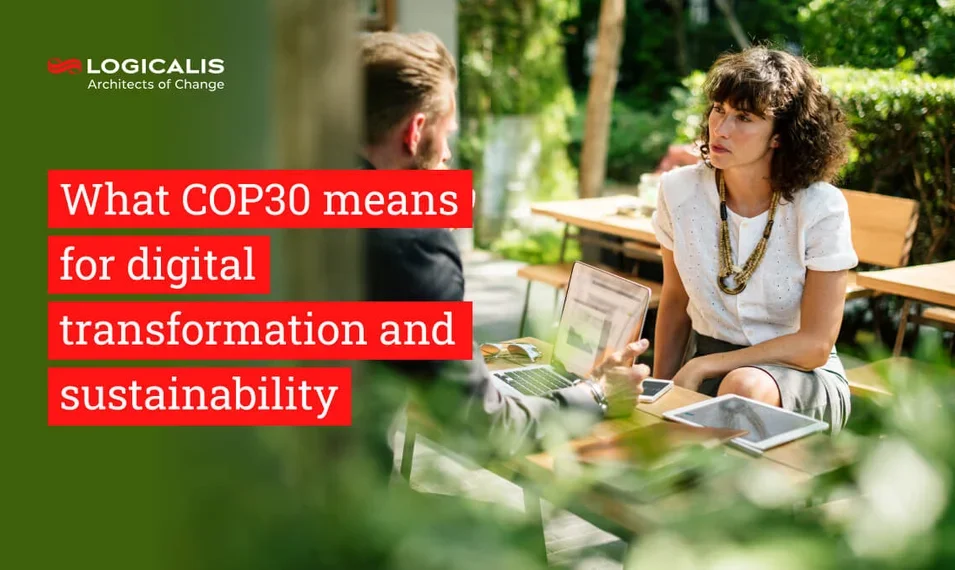
Global , Dec 8, 2025
What COP30 means for digital transformation and sustainability
COP30 was held in Brazil this year, with much attention focused on adaptation finance and forest protection but for the first time we saw the rise of technology and AI on the agenda.
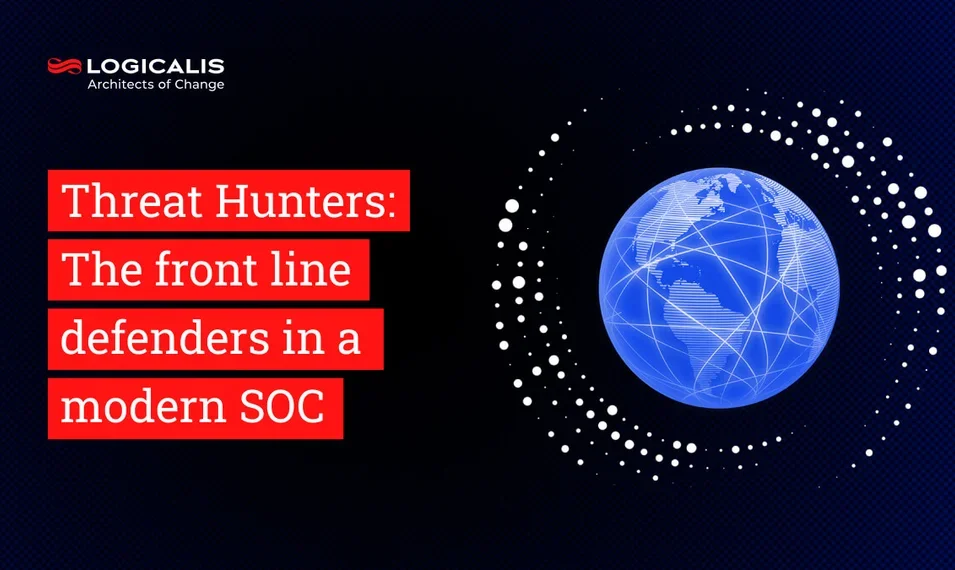
Global , Dec 4, 2025
Threat Hunters: The front-line defenders in a modern SOC
“Threat hunting isn’t just about locating adversaries; it’s about anticipating their moves, proactively searching for hidden risks, and transforming intelligence into action before a breach occurs, says Gandhiraj Rajappan, SOC Manager at Logicalis Asia Pacific.
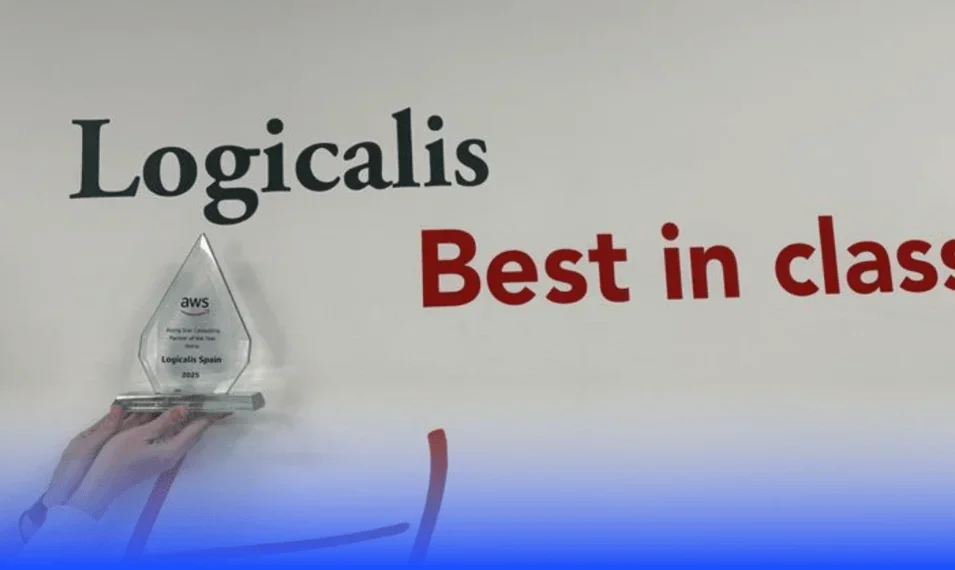
Global , Dec 4, 2025
Logicalis Spain awarded Rising Star Consulting Partner of the Year 2025 by AWS
The AWS Regional Partner Awards celebrate top partners in each region who stand out for their specialisation, innovation, and collaboration. Read why Spain achieved this award.
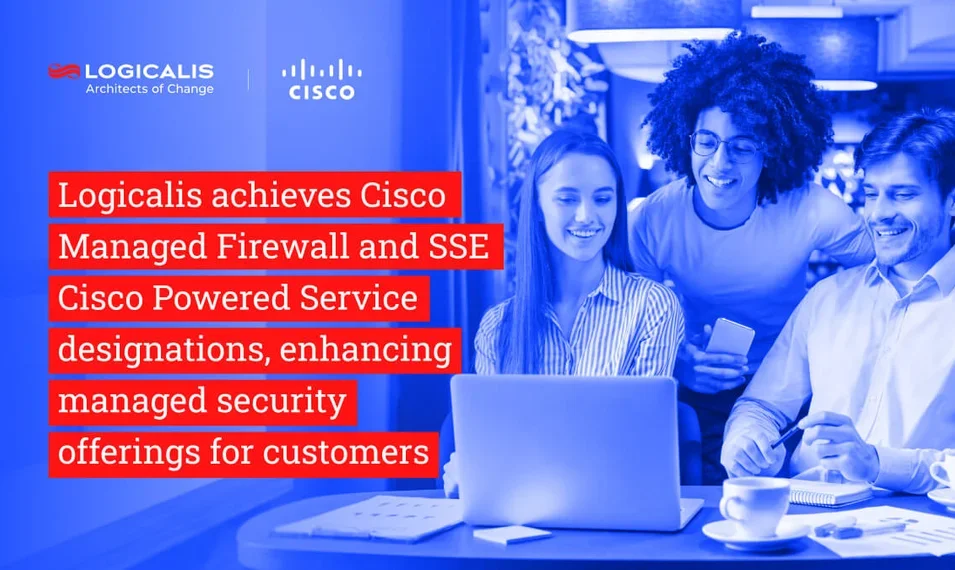
Global , Nov 21, 2025
Announcement
Logicalis achieves Cisco Managed Firewall and SSE Cisco Powered Service designations, enhancing managed security offerings for customers
Logicalis is a leader in achieving strategic Cisco Powered Services (CPS) designations worldwide, with a focus in managed network and managed security services.
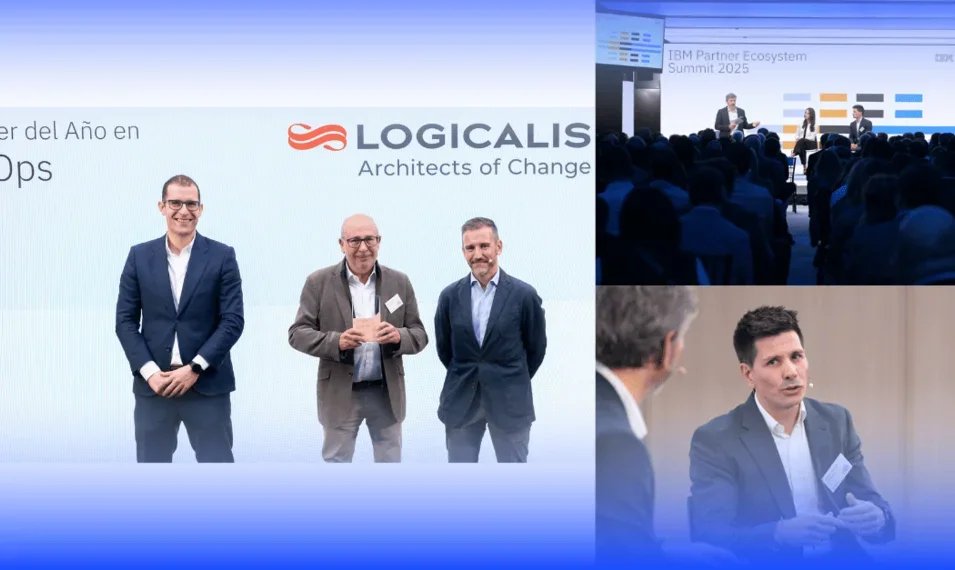
Global , Nov 18, 2025
Logicalis Spain, recognised as FinOps Partner of the Year at the IBM Ecosystem Summit 2025
Logicalis Spain is thrilled to receive this award at the IBM Ecosystem Summit, which recognises its leadership in cloud financial optimisation and multi-cloud management.
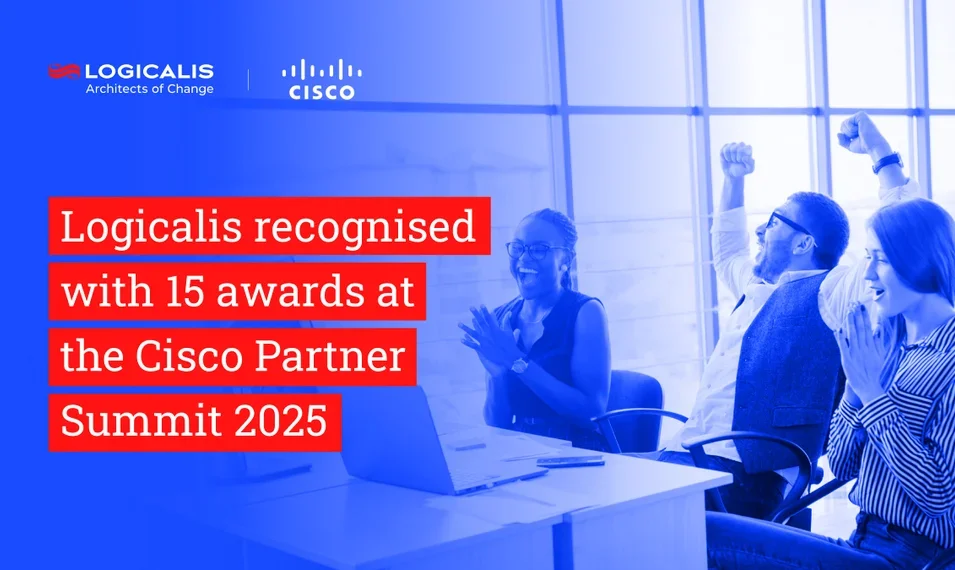
Global , Nov 13, 2025
Announcement
Logicalis recognised with 15 awards at the Cisco Partner Summit 2025
With a range of 17 Cisco global powered solutions, Logicalis is proud to have been recognised with 15 awards across all regions at the Cisco Partner Summit 2025. This annual event brings together partners for a range of keynote presentations, strategic discussions, innovation sessions, and more.

Global , Oct 30, 2025
The power of Responsible Business
Customers, partners, investors, and employees are all looking for organisations that not only deliver results but do so with integrity, transparency, and a genuine commitment to making a positive impact. This is where a Responsible Business department comes in – and why its role is more critical than ever.
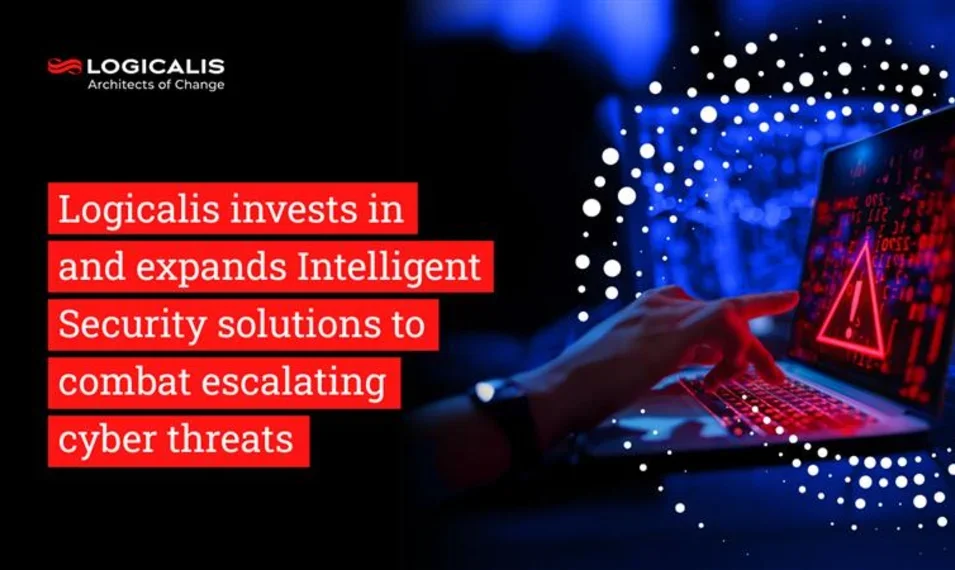
Global , Oct 30, 2025
Press Release
Logicalis invests in and expands Intelligent Security solutions to combat escalating cyber threats
With cyber threats reaching critical levels worldwide, 88% of organisations experienced a cybersecurity incident in the last 12 months, and 43% faced multiple breaches. In response, Logicalis announces strategic investment and an expanded portfolio of Intelligent Security solutions, designed to give organisations proactive protection, continuous visibility, and regulatory confidence in an increasingly complex threat landscape.
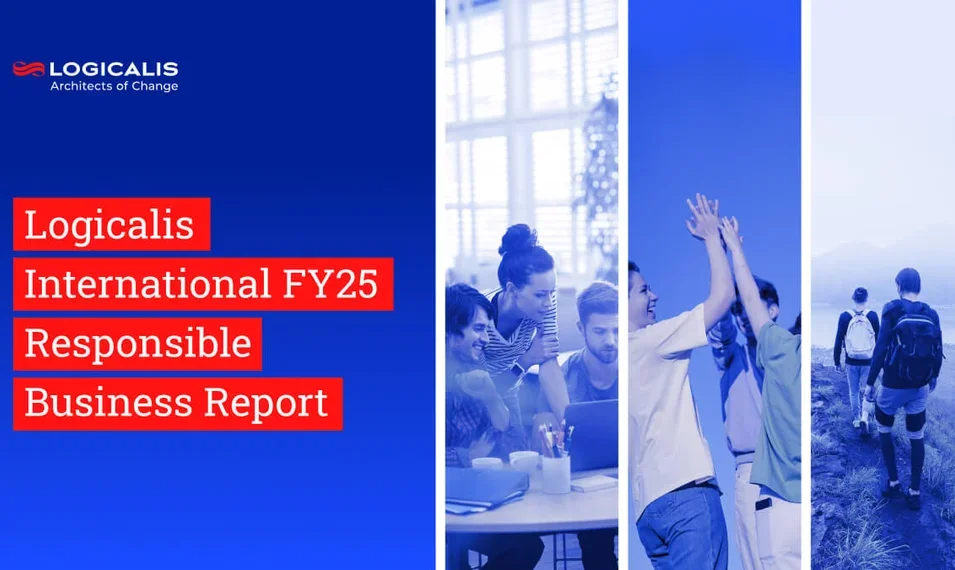
Global , Oct 29, 2025
Press Release
Logicalis achieves major sustainability milestones and expands global community impact
A strong focus on people, planet and communities has driven several notable achievements, including carbon neutrality for Scope 1 and 2 emissions, more women in leadership positions and more under-represented groups reached through community STEM education programmes.
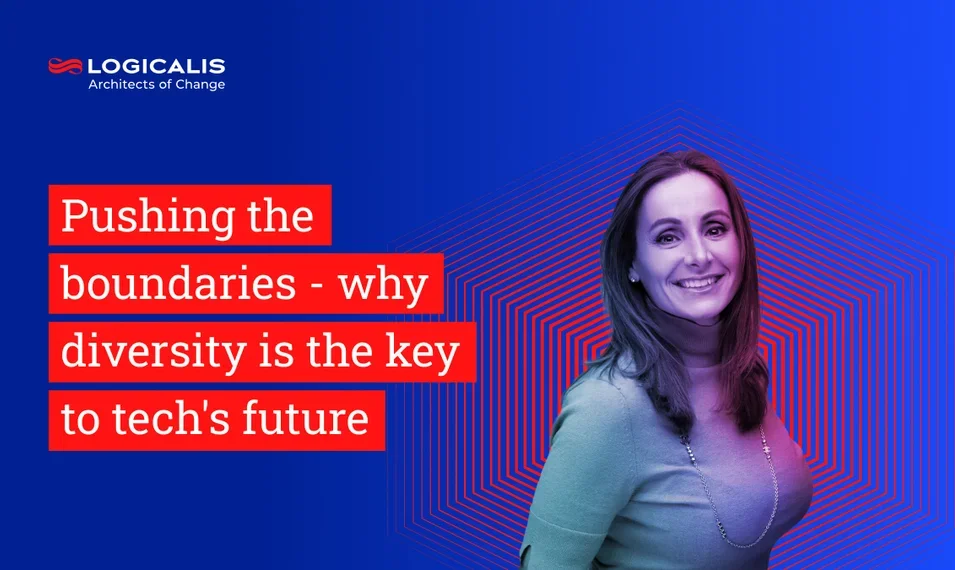
Global , Sep 25, 2025
Pushing the boundaries - why diversity is the key to tech's future
The technology sector shapes the world we live in and the future we imagine. VP of Global Alliances, Anita Swann, shares her perspective on the boundaries that the tech industry still has to break and how it can be done.
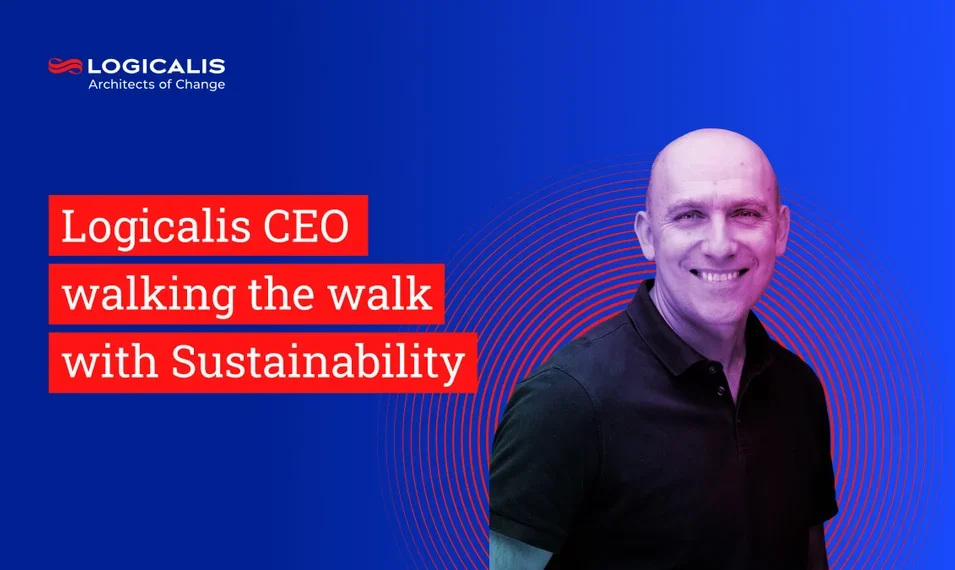
Global , Sep 24, 2025
Logicalis CEO walking the walk with Sustainability
Logicalis CEO Bob Bailkoski is leading by example on sustainability, helping customers cut carbon and energy costs while driving internal carbon neutrality and community impact.
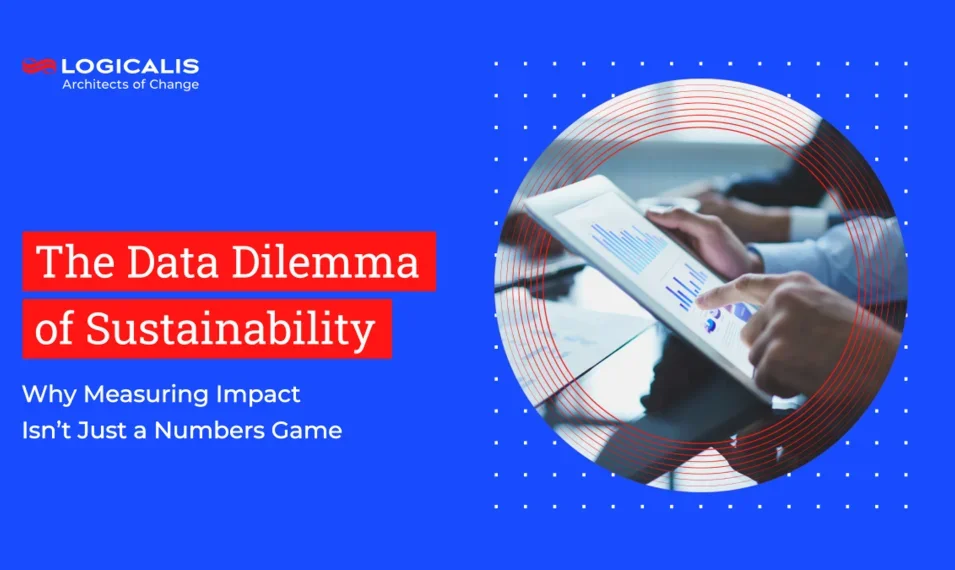
Global , Jul 29, 2025
The Data Dilemma of Sustainability: Why Measuring Impact Isn’t Just a Numbers Game
Explore how Logicalis tackles sustainability data challenges using IBM Envizi, blending ESG metrics with qualitative insights for meaningful impact.
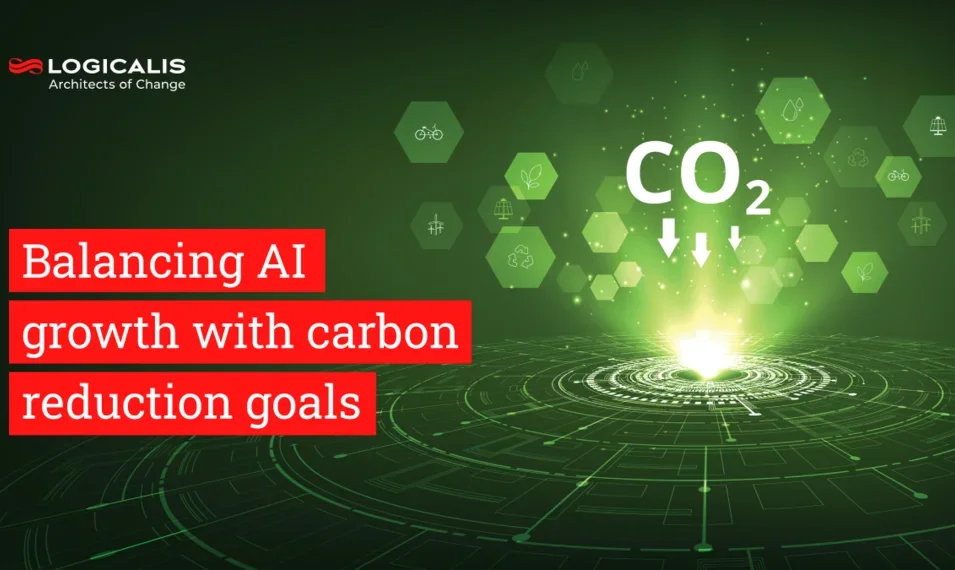
Global , Jul 7, 2025
Balancing AI growth with carbon reduction goals
Artificial intelligence has moved from the fringes of operational considerations to the forefront of operations. As organisations race to implement AI innovations, we all face a critical question, how do we reconcile the energy-intensive nature of AI with existing sustainability commitments?
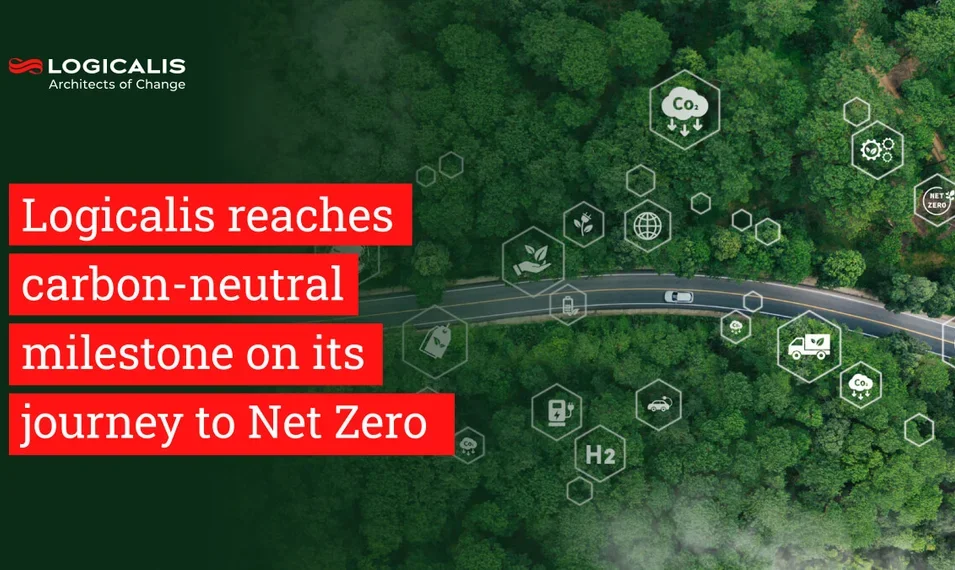
Global , Jun 26, 2025
Press Release
Logicalis reaches carbon-neutral milestone on its journey to Net Zero
Logicalis announces it has achieved its 2025 target for carbon neutrality in Scope 1 and 2 emissions - marking a significant milestone in the company’s journey to reach its SBTi-validated goals.
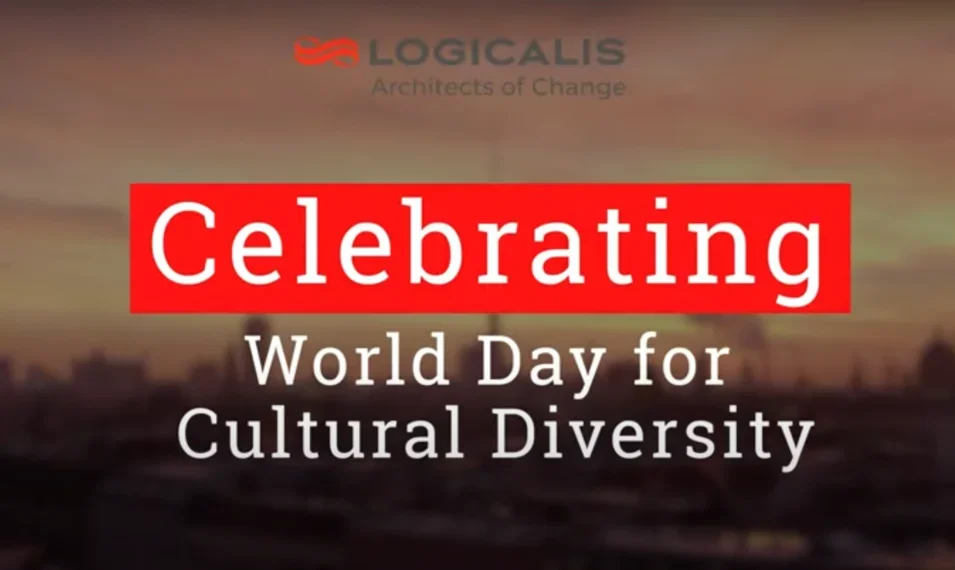
Global , May 27, 2025
Blog, Videos
Logicalis celebrates World Cultural Diversity Day
In celebration of World Cultural Diversity Day, we’re honouring the unique stories and perspectives that strengthen our team. When diverse voices unite, creativity thrives and innovation follows. Watch now ...
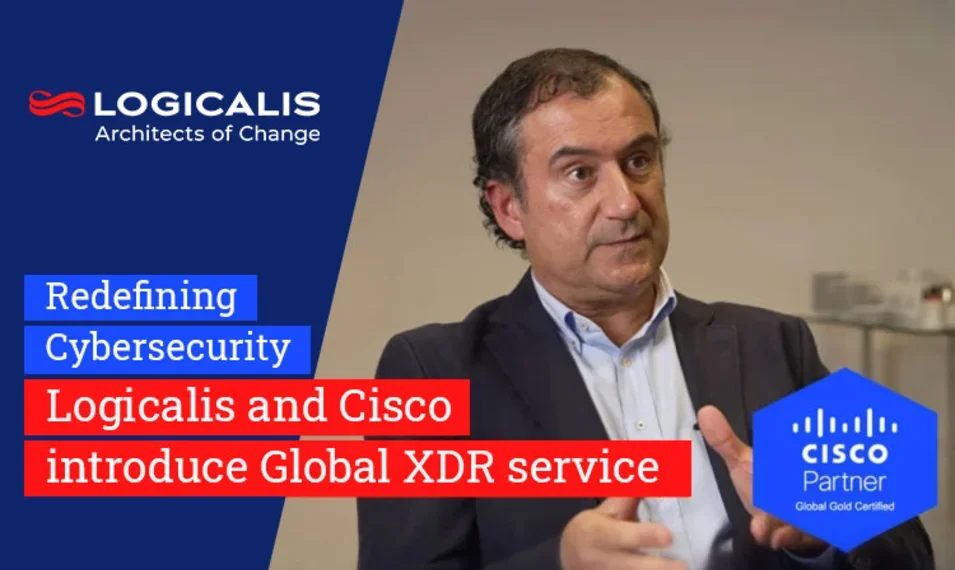
Global , May 27, 2025
Logicalis becomes the first global Cisco partner to launch XDR as a Service
Read this great article by Pedro Morgado as he discusses how the strategic partnership with Cisco helps Logicalis strengthen its cybersecurity leadership with the global launch of Cisco XDR.
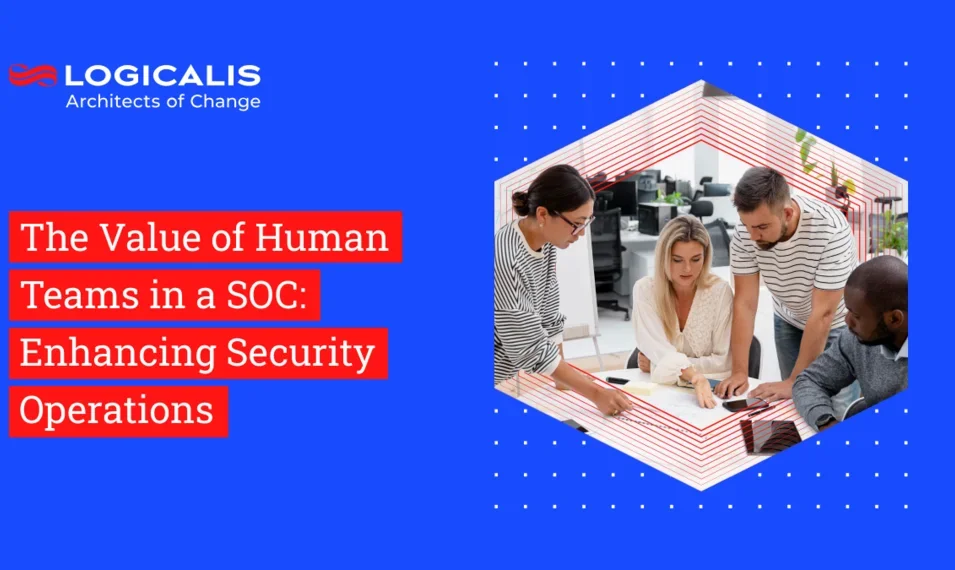
Global , May 27, 2025
The Value of Human Teams in a SOC: Enhancing Security Operations
Why technology alone isn't enough to safeguard your organisation - the importance of the human element in a security operations centre (SOC) and why it can't be underestimated. Article by Artur Martins, CSIO Logicalis Portugal.
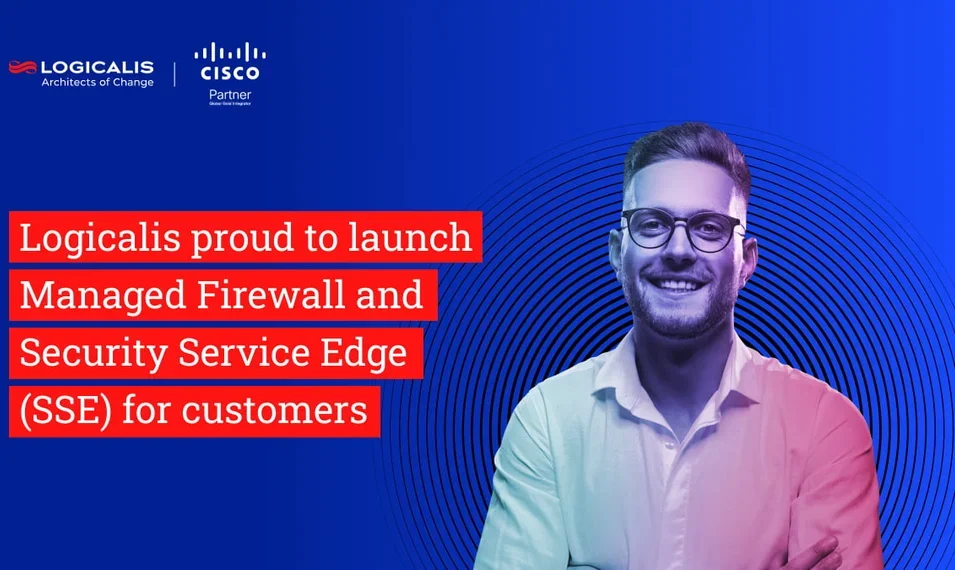
Global , May 22, 2025
Press Release
Logicalis launches Managed Secure Firewall and SSE solutions to enhance customer connectivity
Logicalis adds Managed Secure Firewall and SSE to its Intelligent Connectivity portfolio, helping customers secure and scale their networks in today’s digital world.
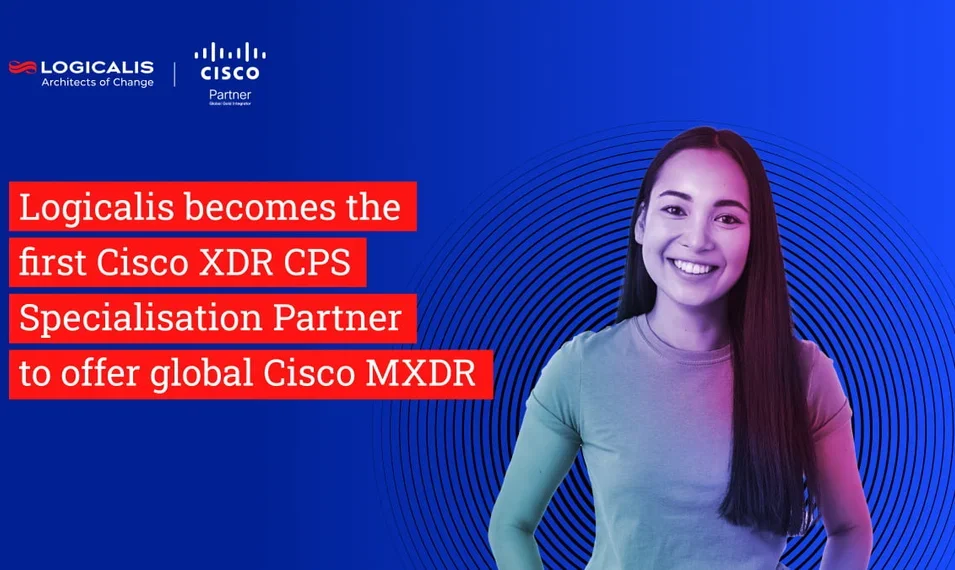
Global , May 22, 2025
Press Release
Logicalis becomes first Cisco XDR CPS Specialisation Partner to offer global Cisco MXDR
Logicalis is the first Cisco XDR CPS Specialisation Partner to deliver Cisco MXDR as a global managed service, enhancing 24/7 threat detection and response.

Global , May 20, 2025
Tackling the tech gender gap
The gender gap in tech remains a persistent issue and without action, disparities in representation and pay will continue. Dina Knight joins HR Grapevine's podcast to discuss how Logicalis is committed to change—challenging bias and building an inclusive, empowering environment for women in tech.
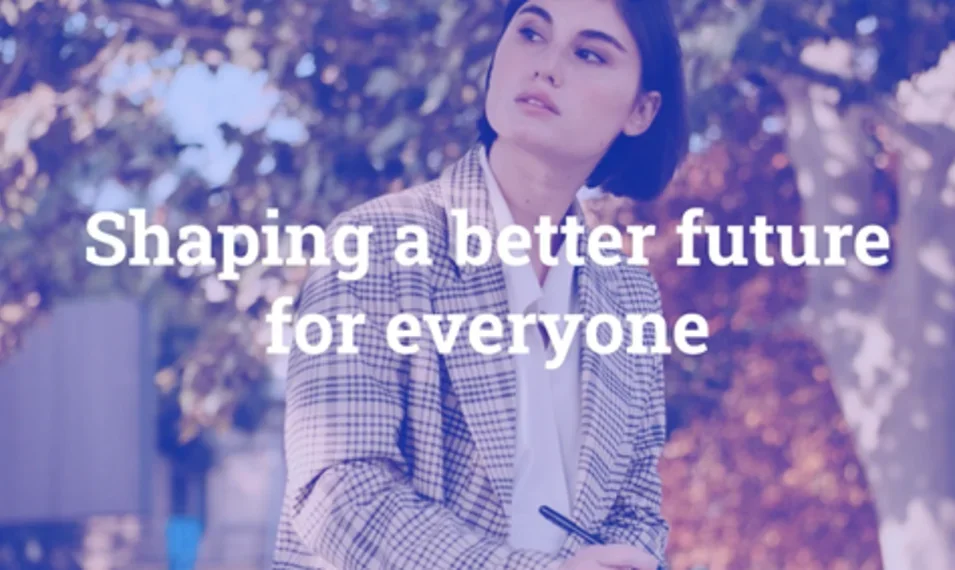
Global , Apr 29, 2025
Blog, Videos
Shaping the future women in tech
Logicalis' VP of Global Alliances, Anita Swann, shares her perspectives on the future of tech and the importance of encouraging more people to enter the industry.

Global , Apr 24, 2025
Driving Sustainability Forward: The Power of Innovative Partnerships
Sustainability is a journey requiring continuous innovation and collaboration. In this article, Cisco discusses how its partners, including Logicalis, drive meaningful change with unique solutions to support business needs and sustainability goals.
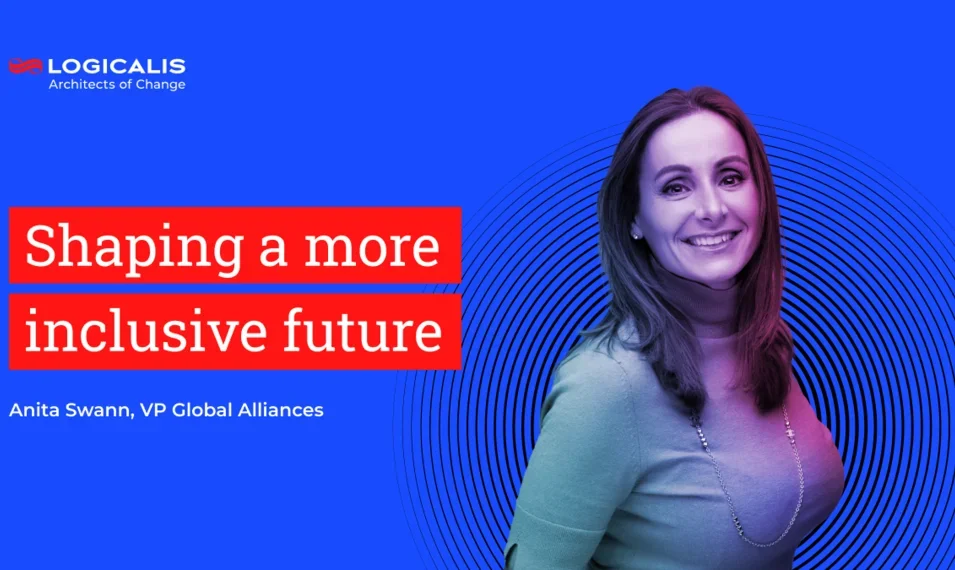
Global , Apr 23, 2025
Shaping a more inclusive future
Technology is a cornerstone of the modern world, yet the industry remains dominated by men, with women only making up a fraction of overall leadership positions. The question is, how can technology truly serve everyone if half the population it serves are underrepresented in shaping its future?
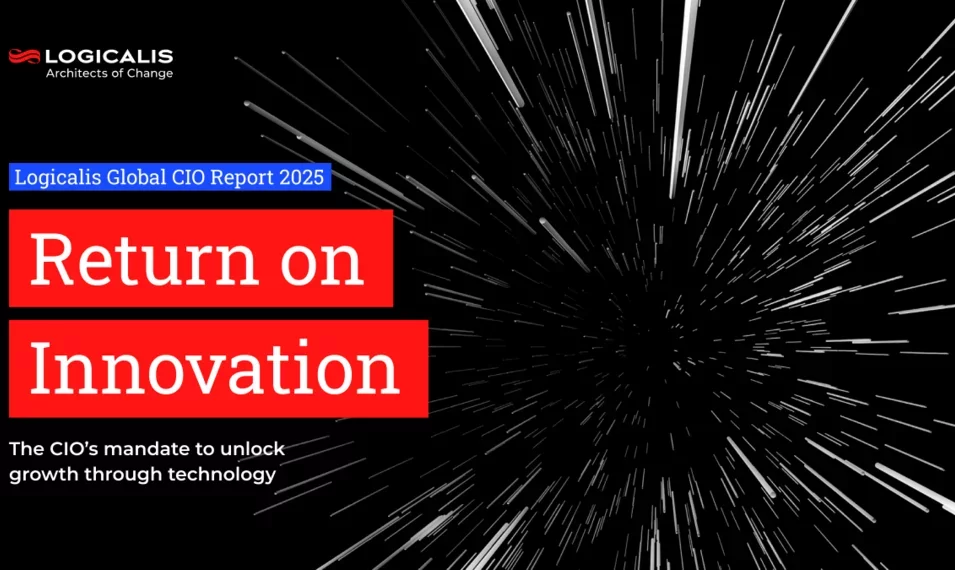
Global , Mar 17, 2025
Press Release
Logicalis 2025 CIO Report: CIOs under pressure to deliver a return on innovation
Logicalis has released its annual CIO Report, which reveals that 95% of organisations are actively investing in technology to create new revenue streams within the next 12 months. Read more key findings from this year's annual survey.
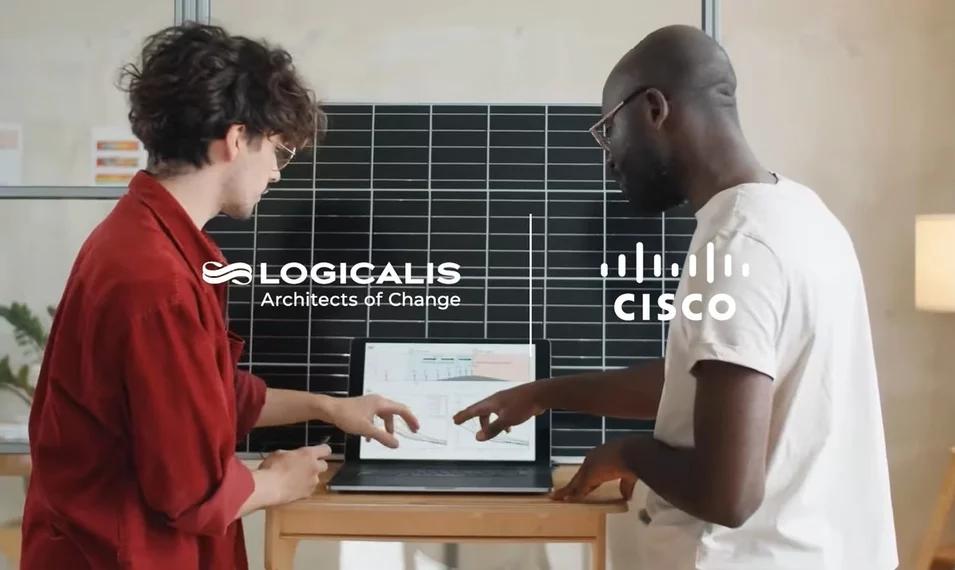
Global , Nov 11, 2024
In the news
Logicalis becomes the first global partner to launch Cisco XDR
Watch as Cisco's VP of Product Management for Threat Detection and Response, AJ Shipley, and Logicalis' CTO, Toby Alcock, discuss the significance of Logicalis being the inaugural partner to introduce Cisco (XDR) as a Managed Service (MXDR)
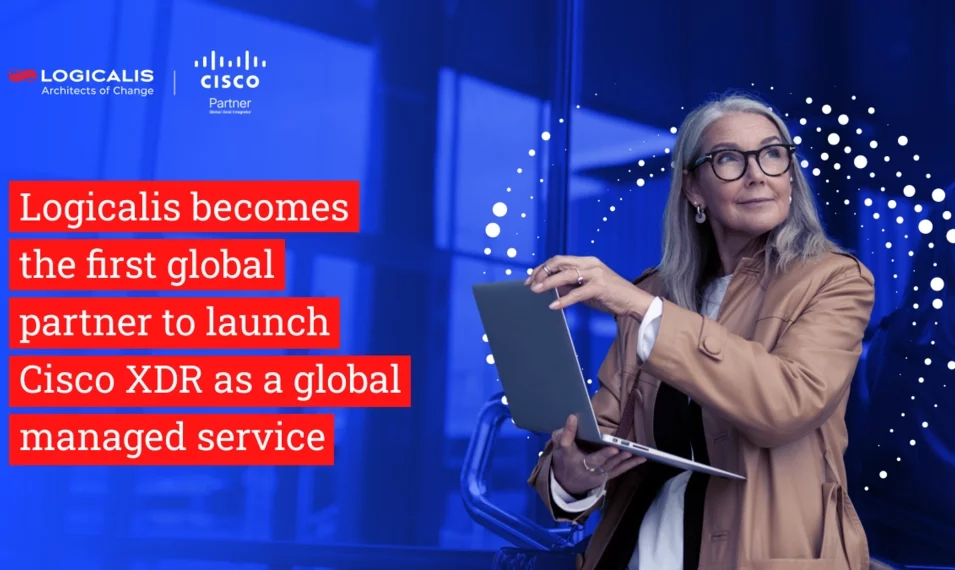
Global , Nov 8, 2024
Press Release
Logicalis becomes the first global partner to launch Cisco XDR as a managed service
Logicalis has become the first global Cisco partner to launch Cisco Extended Detection and Response (XDR) as a Managed Service (MXDR).
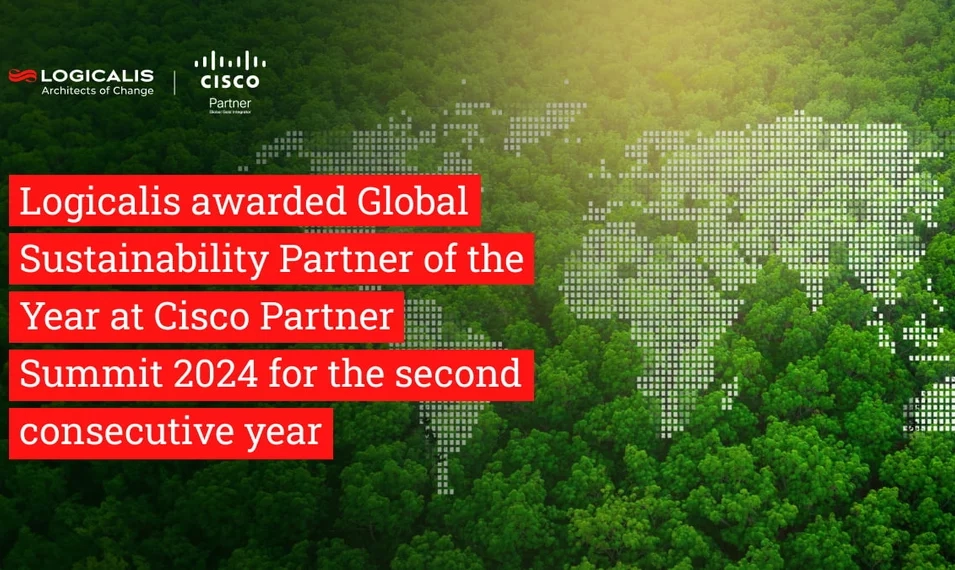
Global , Oct 24, 2024
Press Release
Logicalis recognised as Global Sustainability Partner of the Year 2024
Logicalis receives the global accolade, in recognition of its leadership and performance in sustainable practices for the second year running
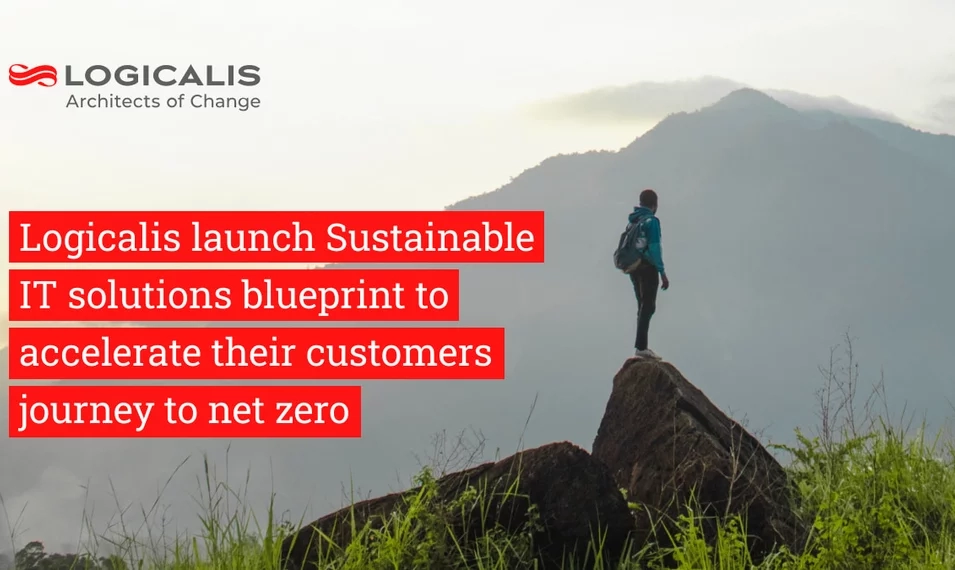
Global , Oct 14, 2024
Press Release
Logicalis launch Sustainable IT solutions blueprint to accelerate their customers journey to net zero
Logicalis announced the launch of its comprehensive Sustainable IT solutions blueprint, designed to propel organisations towards a more environmentally conscious and carbon efficient IT infrastructure.

Global , Sep 25, 2024
Press Release
Logicalis win prestigious TSIA Star award
Logicalis announced as winners of the TSIA Star Award 2024 for Innovative KPIs in Managed Services. This accolade underscores our commitment to delivering cutting-edge Managed Services that empower CIOs along the value chain in their digital transformation journey.
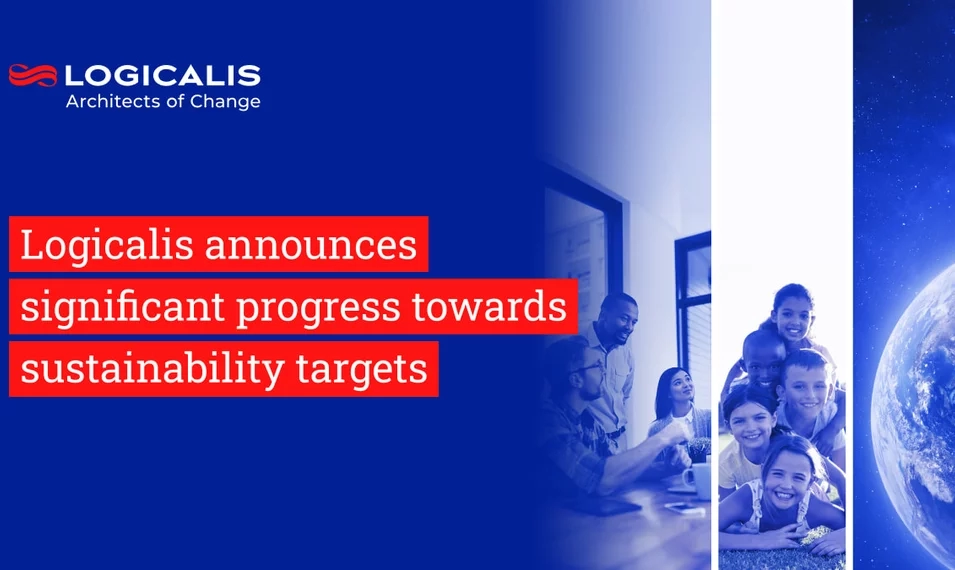
Global , Sep 11, 2024
Press Release
Logicalis announces significant progress towards sustainability targets
Logicalis is proud to share our inaugural Responsible Business report for FY24 which sets out our ambitions, progress and future plans related to our responsibility agenda for our people, our communities and our planet.
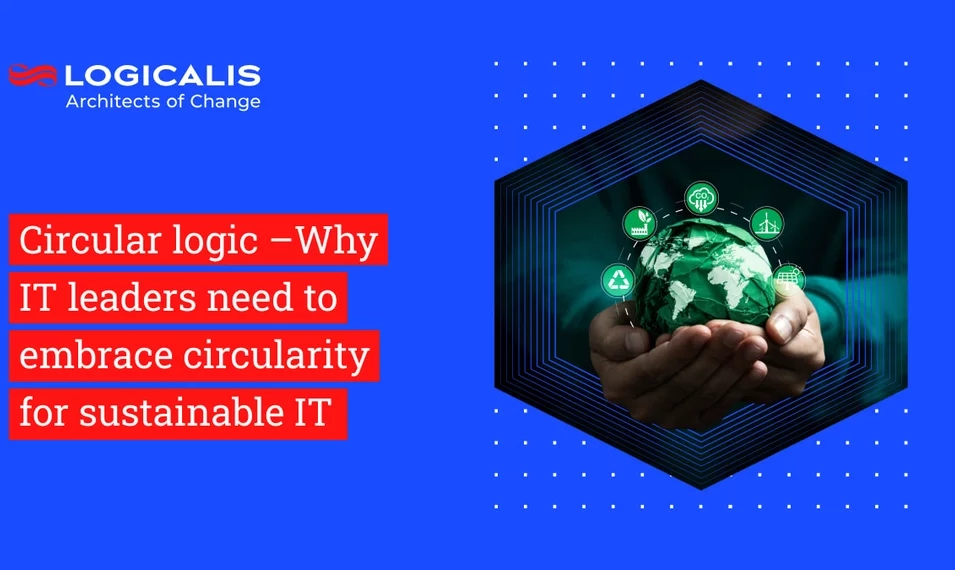
Global , Aug 28, 2024
Blog
Circular logic: Why IT leaders need to embrace circularity for sustainable IT
Discover how embracing Circular IT can transform your IT department into a sustainability powerhouse. This article explores the top 5 ways IT leaders can deliver on sustainability goals.
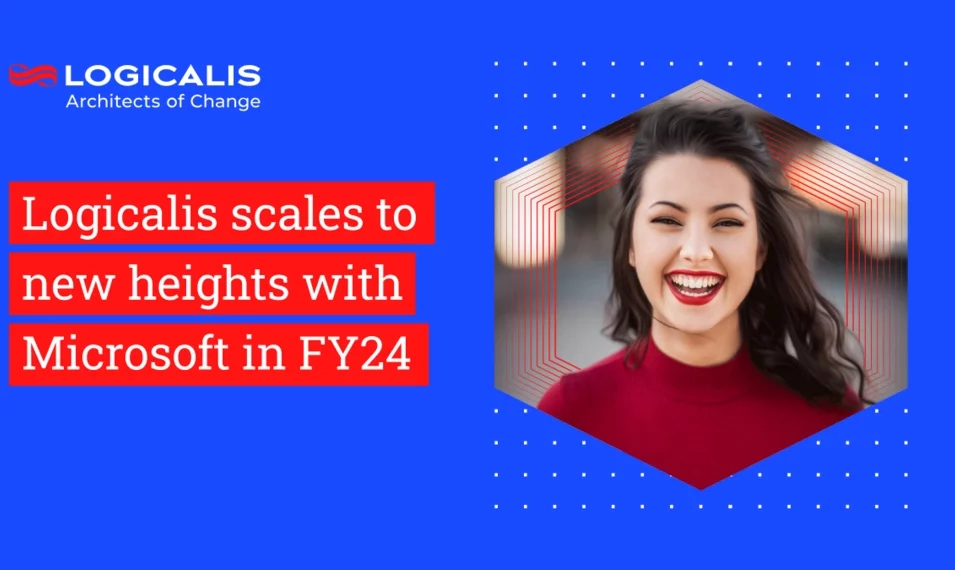
Global , Aug 8, 2024
Blog
Logicalis scales to new heights with Microsoft in FY24
With awards season behind us and an outstanding year of growth, customer outcomes and new capabilities, Logicalis, has received significant recognition for our outstanding partnership with Microsoft in FY24.
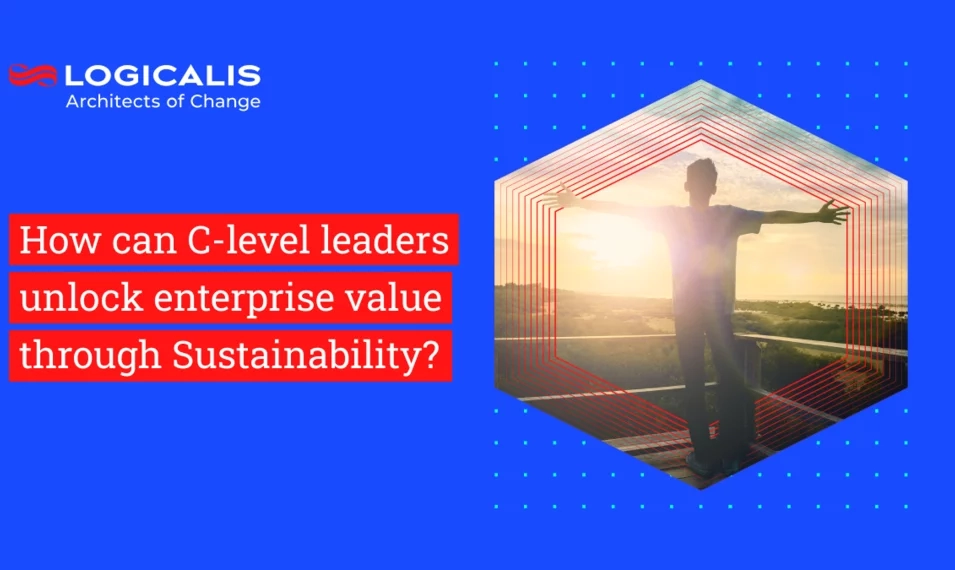
Global , Jul 31, 2024
Blog
How can C-level leaders unlock enterprise value through Sustainability?
Read how CEOs and other top executives can champion sustainable practices, to inspire the entire company to prioritise responsibility and innovation. Join our LinkedIn live - Increasing Enterprise Value through Sustainability - on Wednesday 11th September 2024.
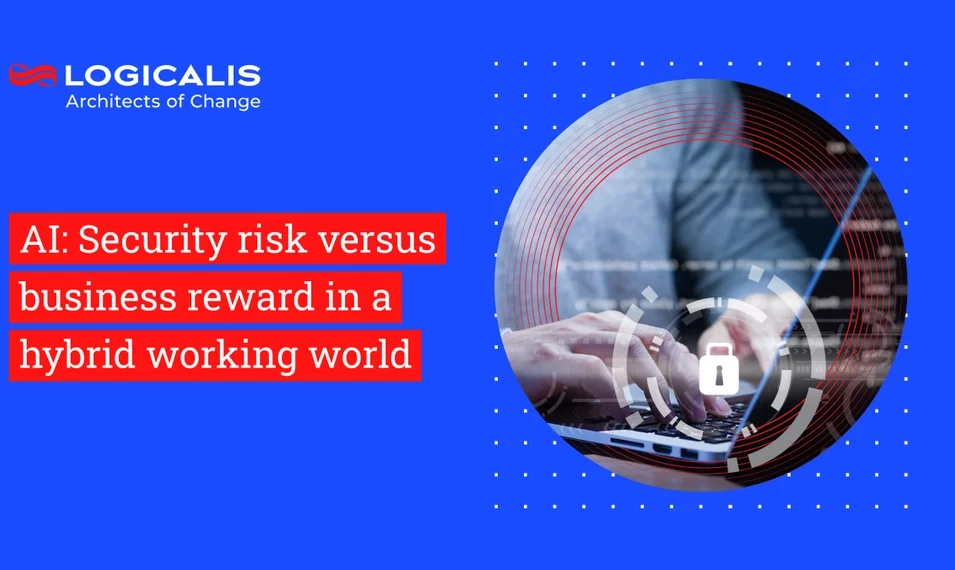
Global , Jul 22, 2024
In the news
AI: Security risk versus business reward in a hybrid working world
Protect your organisation from cyber threats with AI powered security solutions. Enable flexible working while ensuring data privacy and protection. Read Bob Bailkoski's article originally published in Forbes.
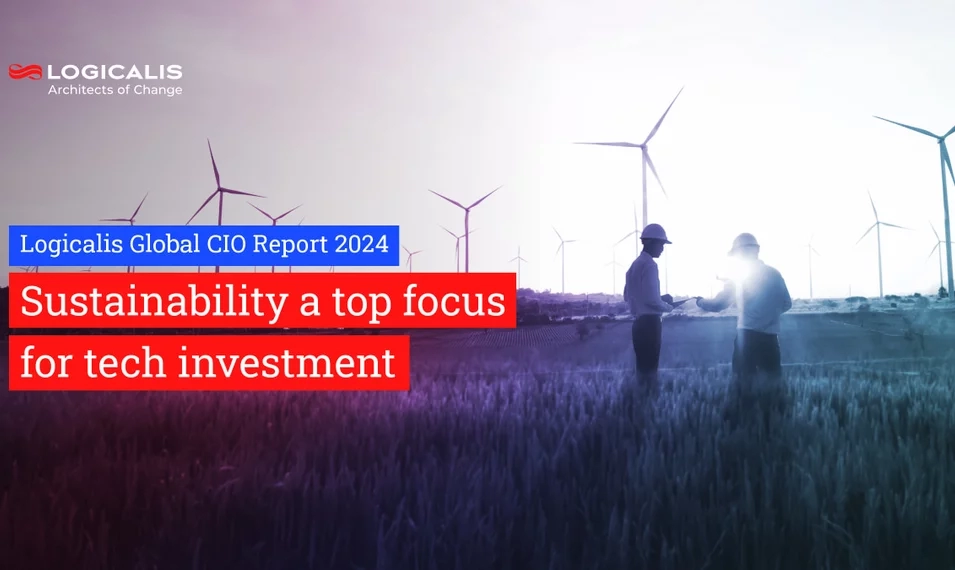
Global , Jul 1, 2024
Press Release
Logicalis 2024 CIO Report: Sustainability a top focus for tech investment
Discover how tech leaders are prioritising sustainability and investing in initiatives and technologies to achieve environmental objectives. Find out why IT plays a crucial role in achieving sustainability goals.
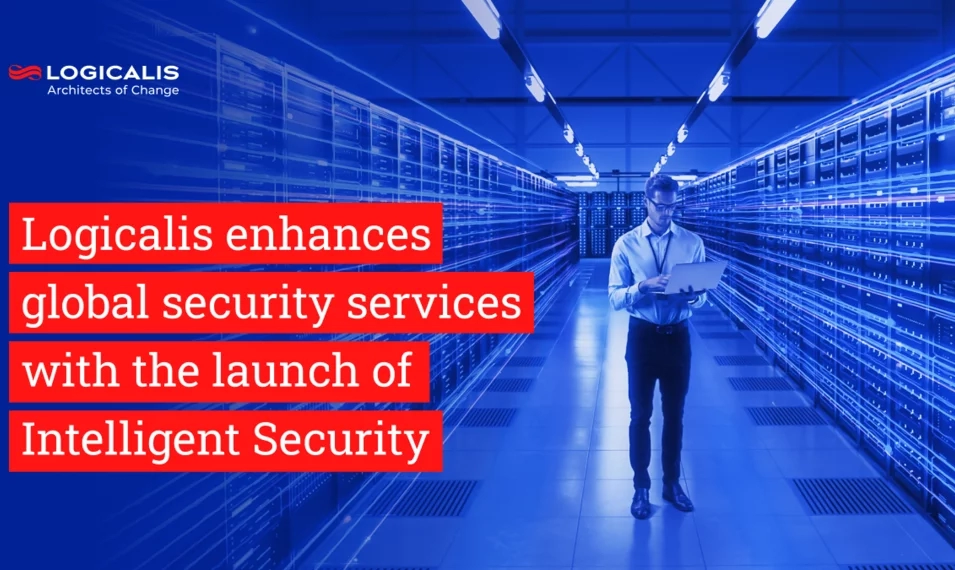
Global , May 7, 2024
Press Release
Logicalis enhances global security services with the launch of Intelligent Security
Logicalis announces the launch of Intelligent Security, a blueprint approach to its global security portfolio designed to deliver proactive advanced security for customers worldwide
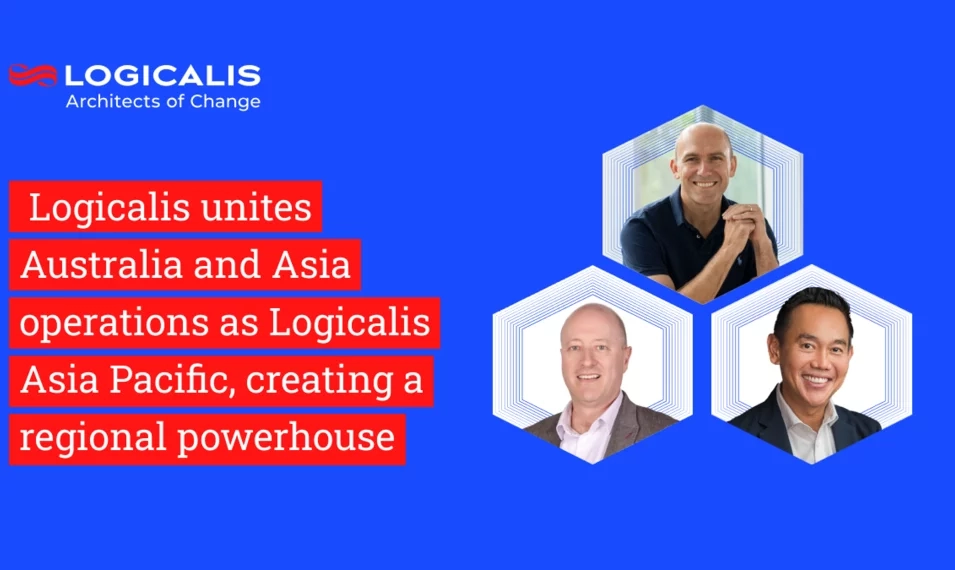
Global , May 7, 2024
Press Release
Logicalis unites Australia and Asia operations as Logicalis Asia Pacific
Logicalis announces the creation of a new Asia Pacific entity, combining its Logicalis Australia and Logicalis Asia operations.
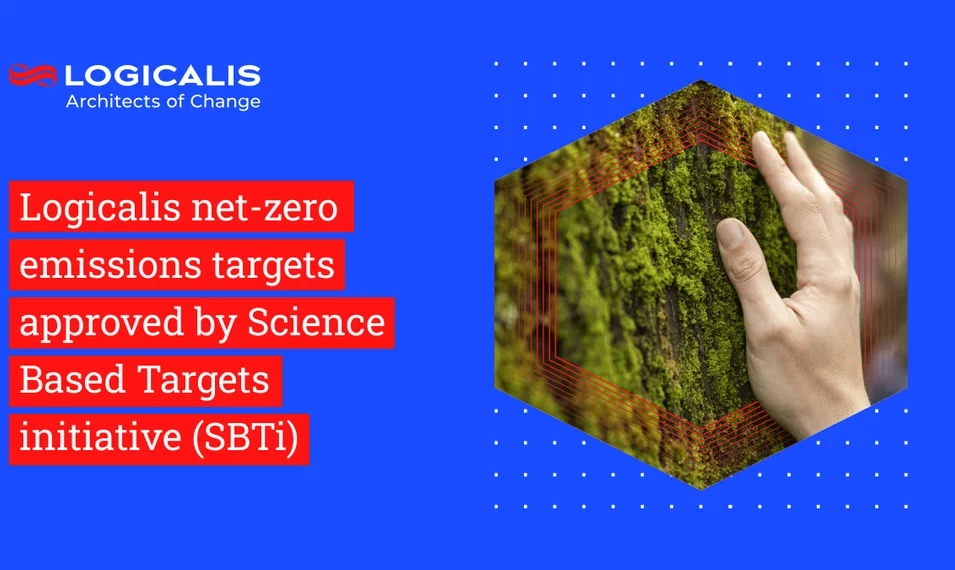
Global , Apr 17, 2024
Press Release
Logicalis net-zero emissions targets approved by Science Based Targets initiative (SBTi)
Logicalis joins the global movement towards corporate net-zero with validated and approved science-based targets, aligning with the Paris Agreement goals.
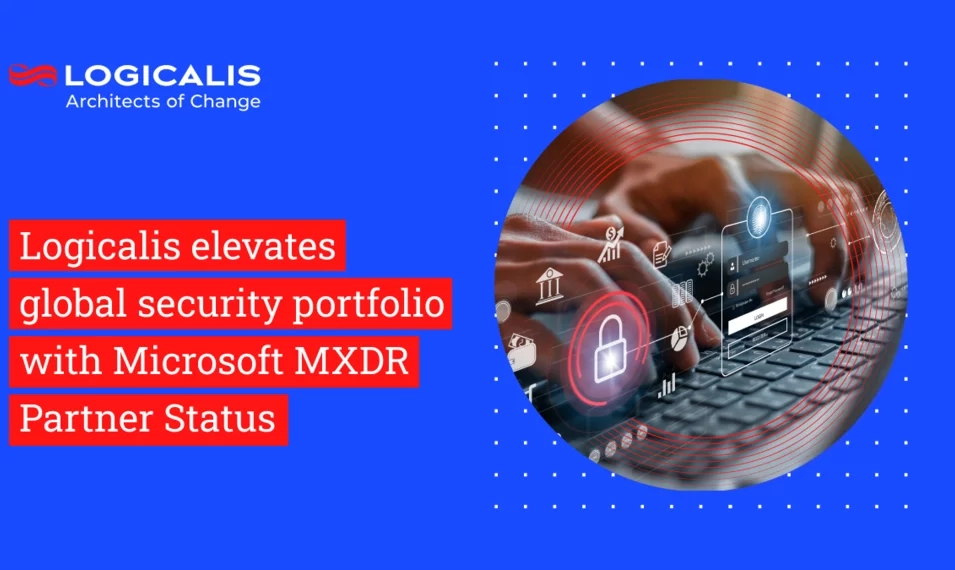
Global , Mar 25, 2024
Press Release
Logicalis elevates global security portfolio with Microsoft verified Managed XDR Partner Status
Logicalis joins an elite group of managed service providers certified to deliver Microsoft’s most advanced managed detection and response services worldwide
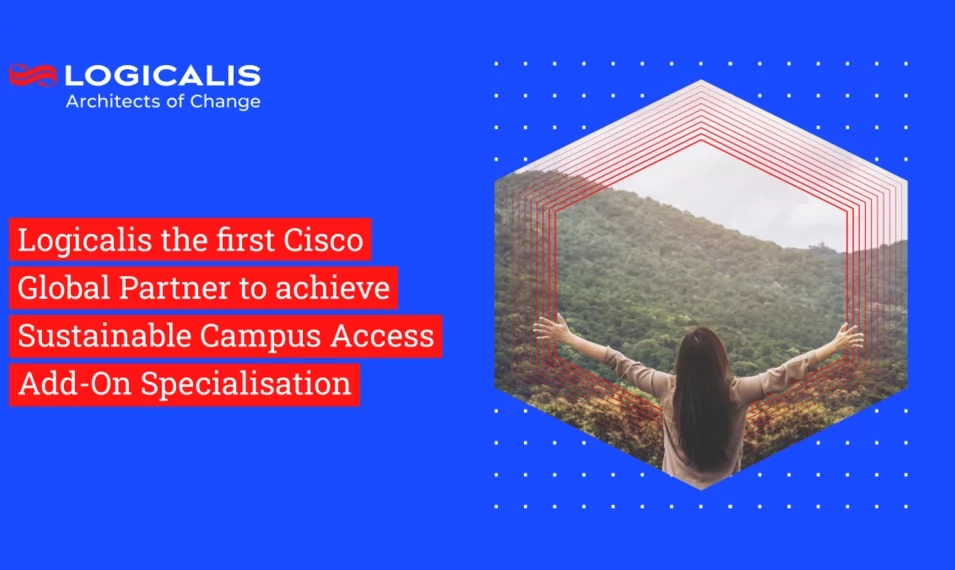
Global , Mar 18, 2024
Press Release
Logicalis the first Cisco Global Partner to achieve Sustainable Campus Access Add-On Specialisation
Logicalis receives inaugural specialisation that acknowledges its position at the forefront of sustainable global managed service delivery. The specialisation was awarded to Logicalis for supporting its customers to reduce the carbon footprints of their digital ecosystems
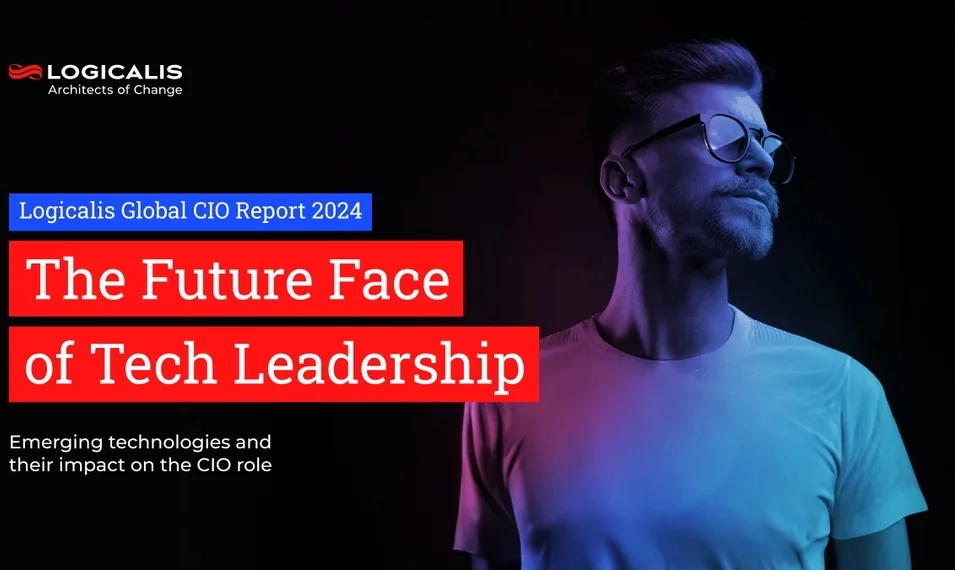
Global , Mar 4, 2024
Press Release
Logicalis 2024 CIO Report: AI and security are top priorities amidst barriers to transformation
Discover the top priorities of tech leaders according to the Logicalis 2024 CIO Report. Learn about AI, digital transformation, and cybersecurity investments amidst economic uncertainty.
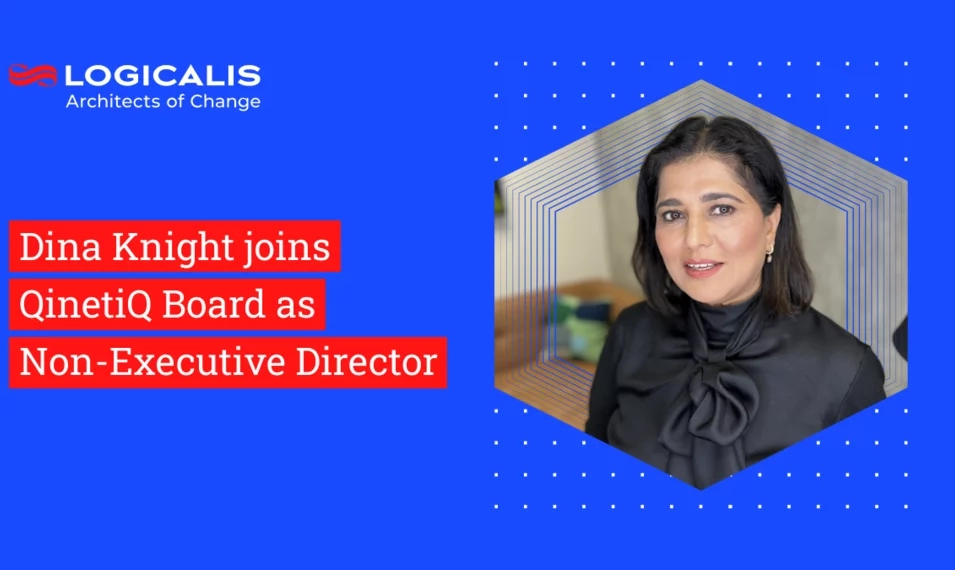
Global , Feb 14, 2024
Dina Knight joins QinetiQ board as Non-Executive Director
Dina Knight will join the QinetiQ Board as Non-Executive Director on 1 March 2024. Dina’s NED position will compliment her role as Chief People Officer at Datatec and Logicalis International, accountable for its people operations and strategy.
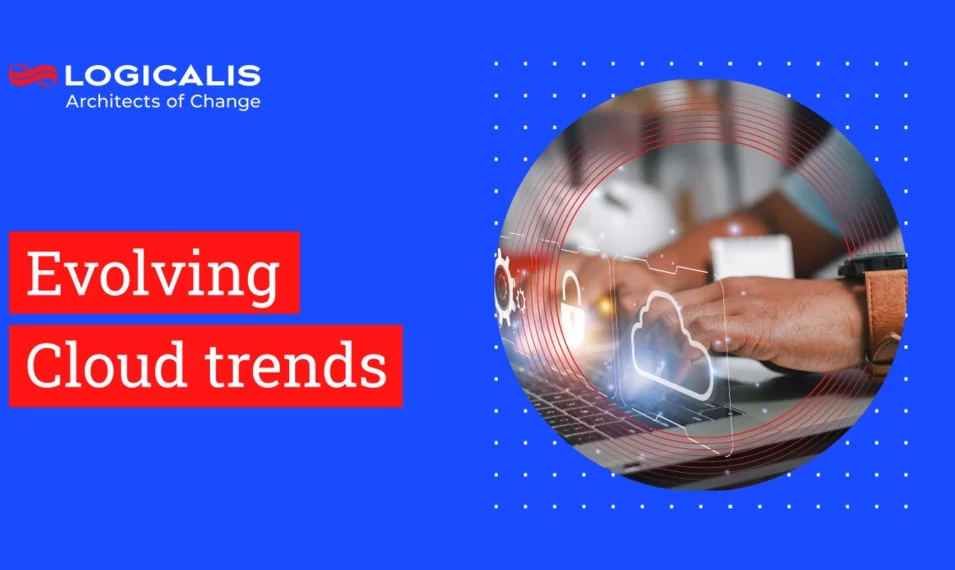
Global , Feb 12, 2024
Evolving Cloud trends
Cloud technology continues to be at the forefront of innovation and a critical element to any digital strategy in 2024. As businesses increasingly embrace digital transformation, understanding and leveraging, evolving cloud trends and technologies is crucial to staying competitive in the market.
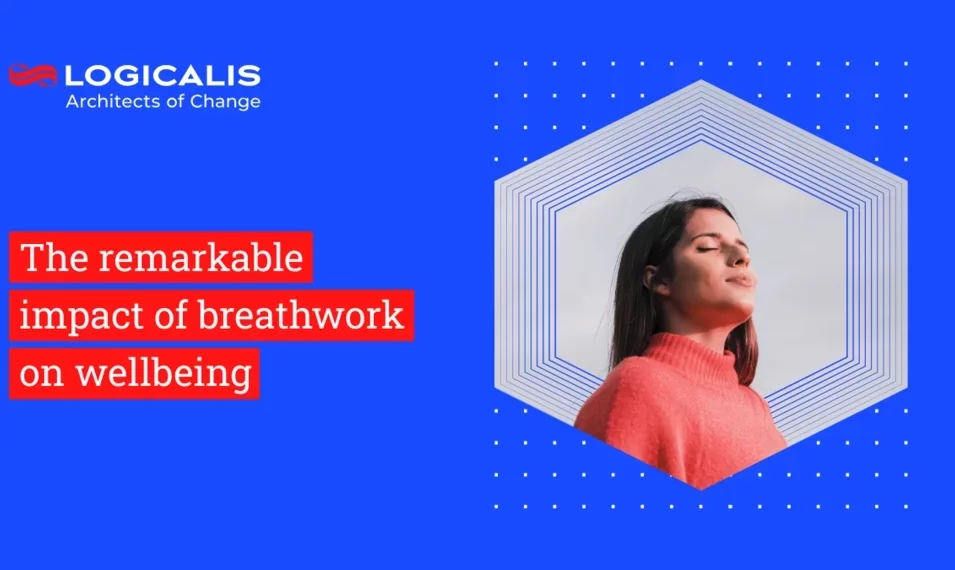
Global , Jan 31, 2024
The remarkable impact of breathwork on wellbeing
The next session in our Revive and Thrive series focuses on the damage done by stress and how we can alleviate not just stress, but also build abilities and skills that support our overall wellbeing.
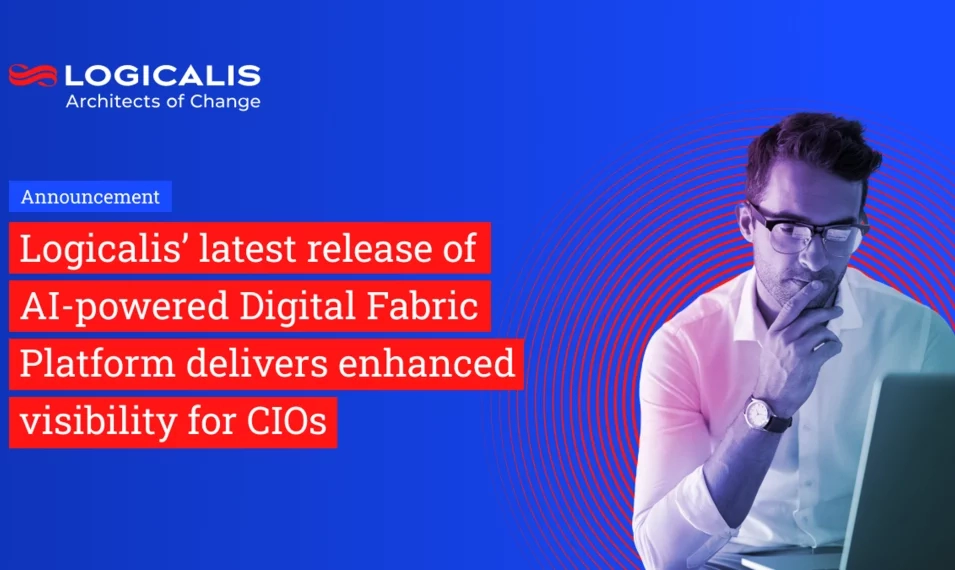
Global , Jan 9, 2024
Press Release
Logicalis’ latest release of AI-powered digital fabric platform delivers enhanced visibility for CIOs
Logicalis announces the release of the next generation of its Digital Fabric Platform, providing CIOs with deeper-level insights and recommendations to underpin the performance of their entire digital ecosystem.
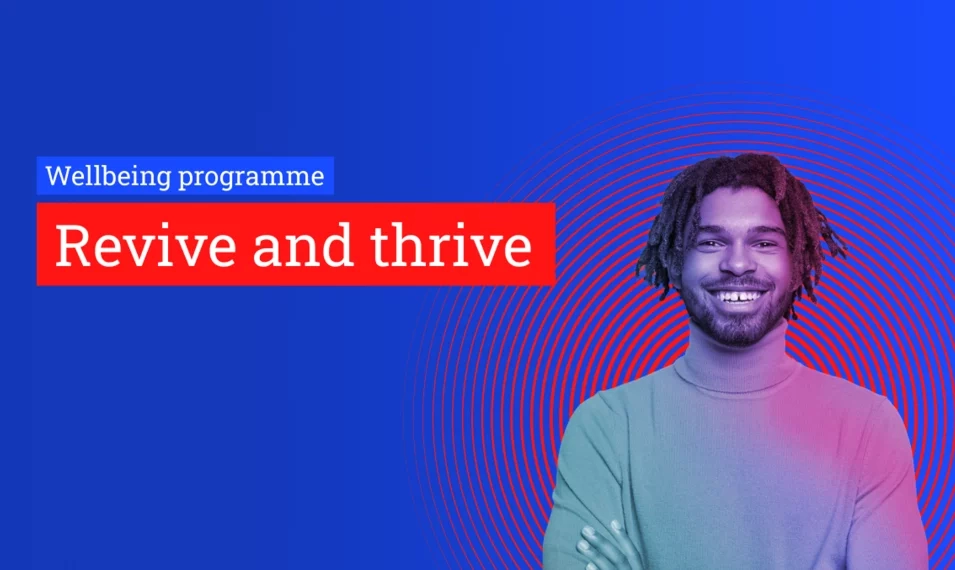
Global , Dec 11, 2023
Inclusion starts with me
Investigating making the invisible visible, the first session in our Revive and Thrive series provided an understanding of how we can look after each other's mental health by changing behaviours, from unconscious bias to consciously include people.
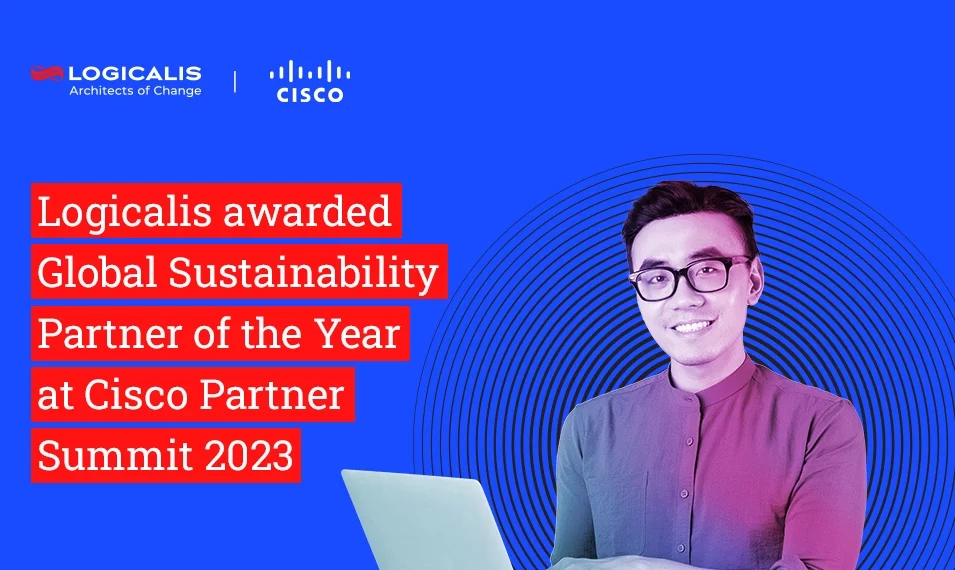
Global , Nov 3, 2023
Press Release
Logicalis awarded Global Sustainability Partner of the Year at Cisco Partner Summit 2023
This inaugural award recognises Logicalis’ outstanding sustainability performance and success in helping customers reduce the environmental impact of their IT infrastructure across the globe.

Global , Oct 26, 2023
Logicalis named inaugural 2023 Cisco Global Sustainability Partner of the Year
Here are some key Logicalis and Cisco areas we're co-collaborating on to deliver value and open new opportunities to drive sustainable practices for our customers, environment, and planet.

Global , Oct 5, 2023
In the news
Why the CIO is key to driving business sustainability
Sustainability initiatives in the business world, are becoming more of a requirement and technology plays a central role. Read Bob's three steps for CIOs to become leaders in driving their sustainability agendas.
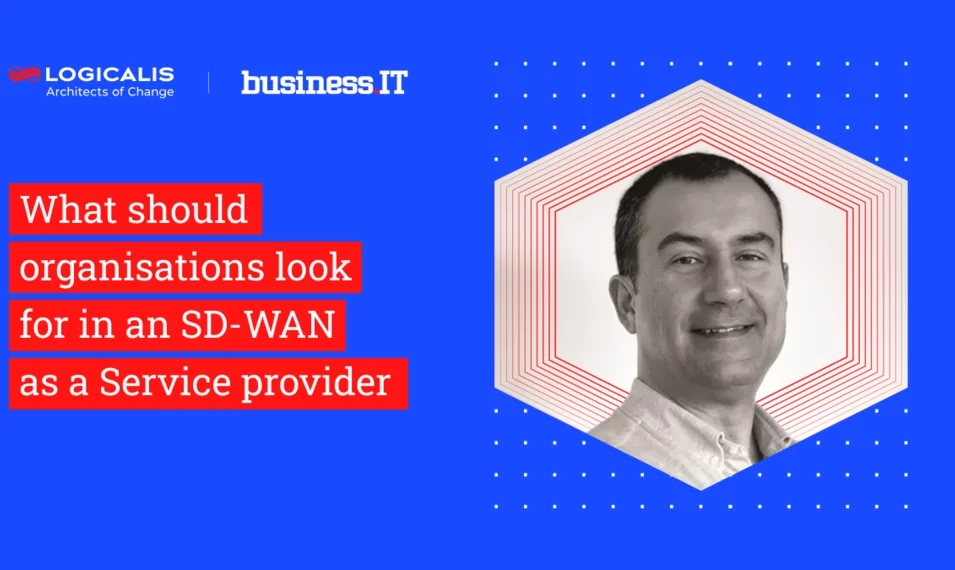
Global , Sep 21, 2023
In the news
What should organisations look for in an SD-WAN as-a-Service provider?
Pedro Morgado outlines the key factors organisations need to consider when selecting an SD-WAN solution provider.
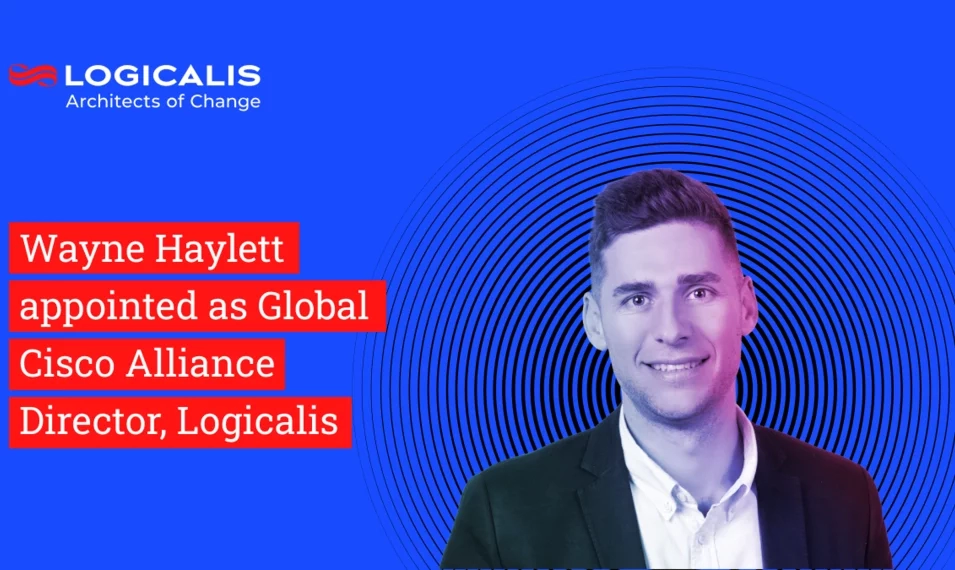
Global , Sep 20, 2023
Logicalis strengthens Global Cisco team with the promotion of Wayne Haylett to Global Cisco Alliance Director
Logicalis announces the promotion of Wayne Haylett from Logicalis Australia to the position of Global Cisco Alliance Director, reporting to Global VP Strategic Alliances, Richard Simmons.
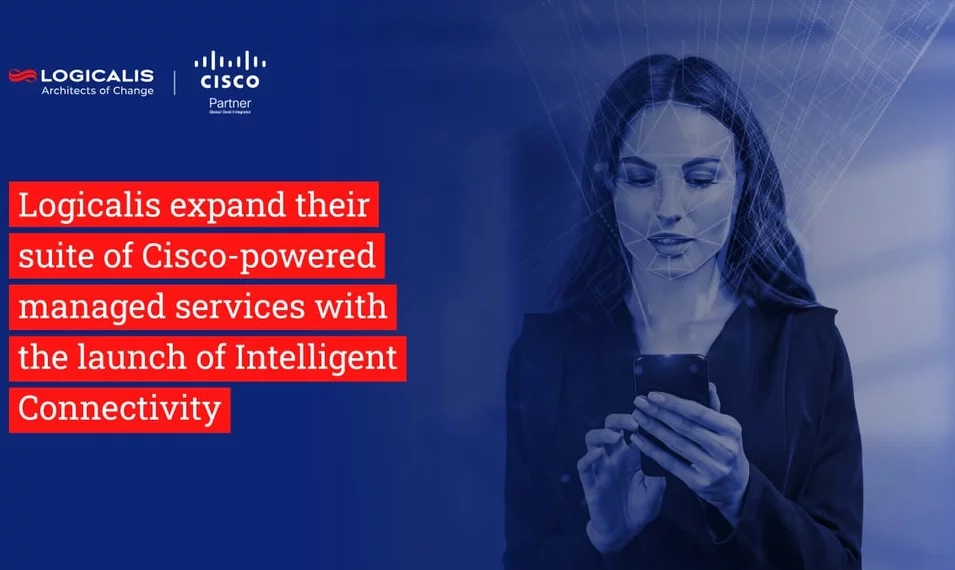
Global , Sep 4, 2023
Press Release
Logicalis expand their suite of Cisco-powered managed services with the launch of Intelligent Connectivity
Logicalis announce the launch of Intelligent Connectivity powered by Cisco, a suite of solutions including Private 5G, SD-WAN, SASE, SSE, SD-Access and ACI Data Centre and become First Cisco Global Partner to achieve Managed Private 5G strategic designation.

Global , Aug 15, 2023
Logicalis publishes Environmental Statement including benchmarks and commitments
As part of our commitment to sustainability and transparency, we have released our Environmental Statement, which discloses our carbon emission baseline figures and lays out a roadmap for achieving our ambitious carbon reduction goals.
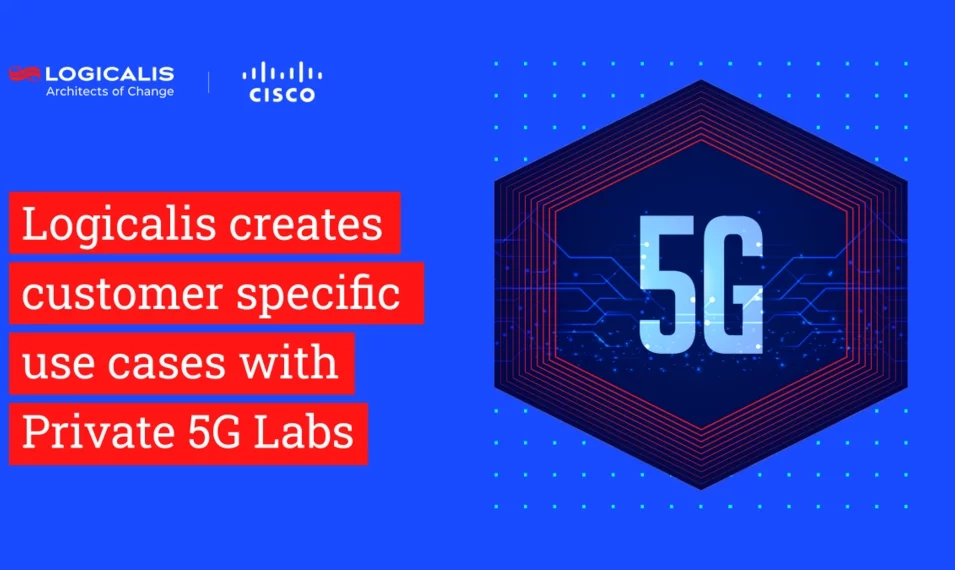
Global , Jul 10, 2023
Bringing use cases to life: Logicalis creates customer specific use cases with Private 5G Labs
Integration of use cases as well as presentation and training for new 5G solutions
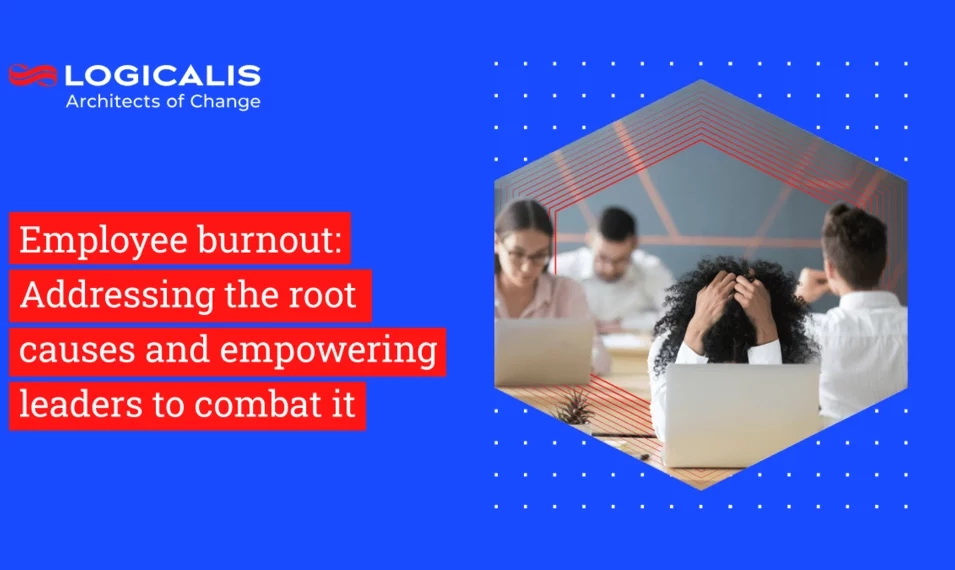
Global , Jul 10, 2023
Employee burnout: Addressing the root causes and empowering leaders to combat it
Employee burnout has become an increasingly alarming concern in recent years and it's now a necessity for modern businesses to empower leaders to proactively address burnout, creating a workplace that promotes employee well-being and productivity.
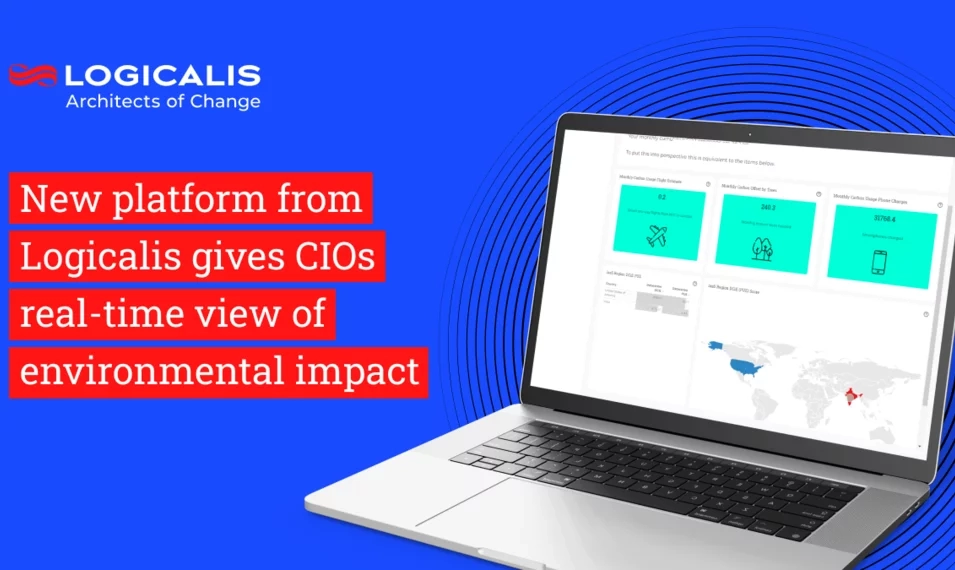
Global , Jul 6, 2023
New platform from Logicalis gives CIOs real-time view of environmental impact
Logicalis announces the launch of the Managed Digital Fabric Platform, created to give CIOs a real-time view of how their entire digital ecosystem is performing across key metrics, including environmental impact.
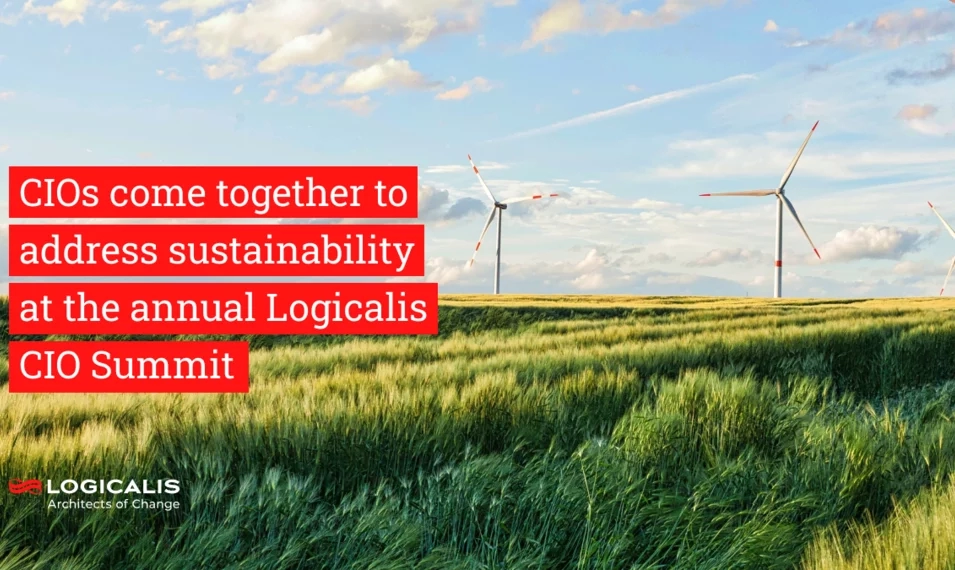
Global , Jun 30, 2023
CIOs come together to address sustainability at the annual Logicalis CIO Summit
CIO commitment needed to measure, manage and reduce carbon emissions Keynote address from Leading Analyst Firm reveals ESG is growing in importance to IT buyers but cautions against investing in tech that doesn’t deliver against goals
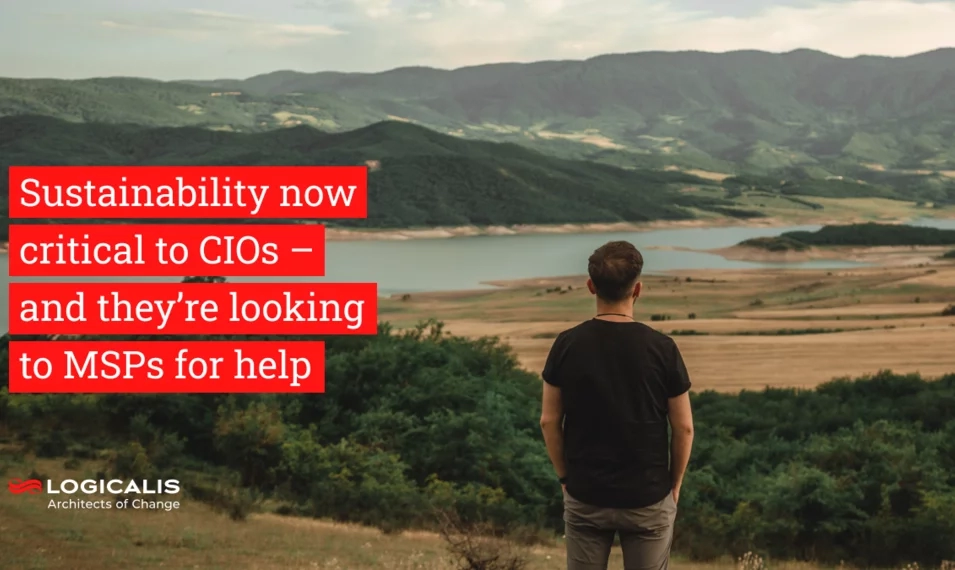
Global , Jun 30, 2023
Sustainability now critical to CIOs – and they’re looking to MSPs for help
Sustainability is a key consideration when choosing an IT supplier: nearly half of CIOs consider carbon output energy efficiency when selecting new suppliers.
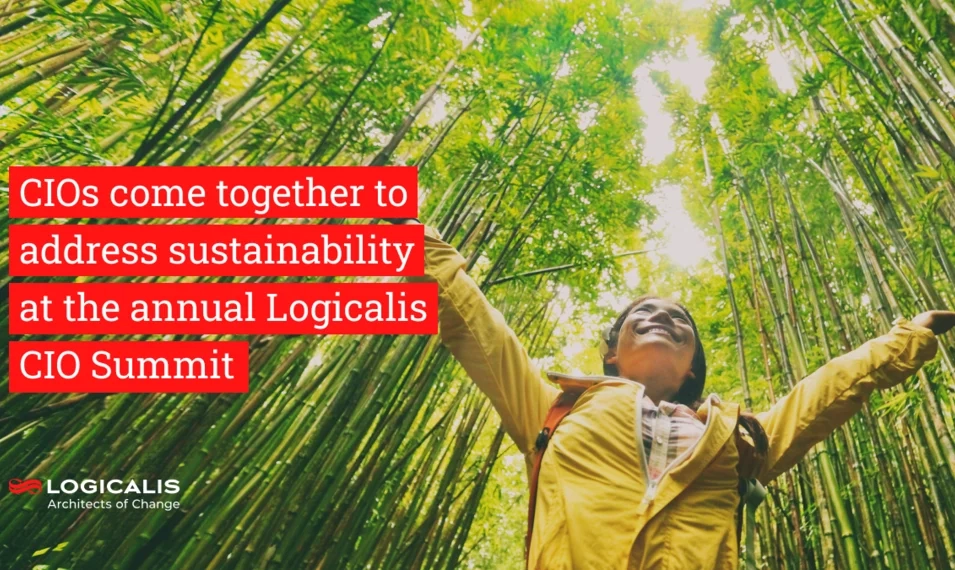
Global , Jun 30, 2023
In the news
CIOs come together to address sustainability at the annual Logicalis CIO Summit
Keynote address from Leading Analyst Firm reveals ESG is growing in importance to IT buyers but cautions against investing in tech that doesn’t deliver against goals.

Global , Jun 30, 2023
In the news
CIOs increasing spending in ESG performance and metrics
CIOs are increasing investment in technologies that help drive business value and ESG performance and highlighted growing trends such as linking executive pay to ESG metrics, a Logicalis summit was told.
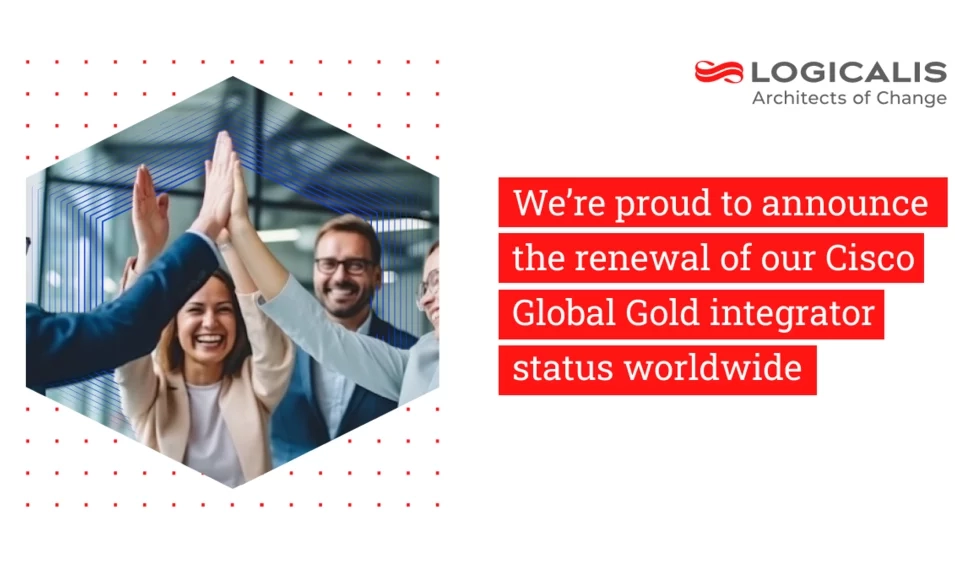
Global , Jun 27, 2023
Logicalis renews accreditation as Cisco Global Gold Integrator
As one of only six Cisco Global Gold Certified Partners, Logicalis successfully delivering innovation, engagement, and value for customers worldwide.
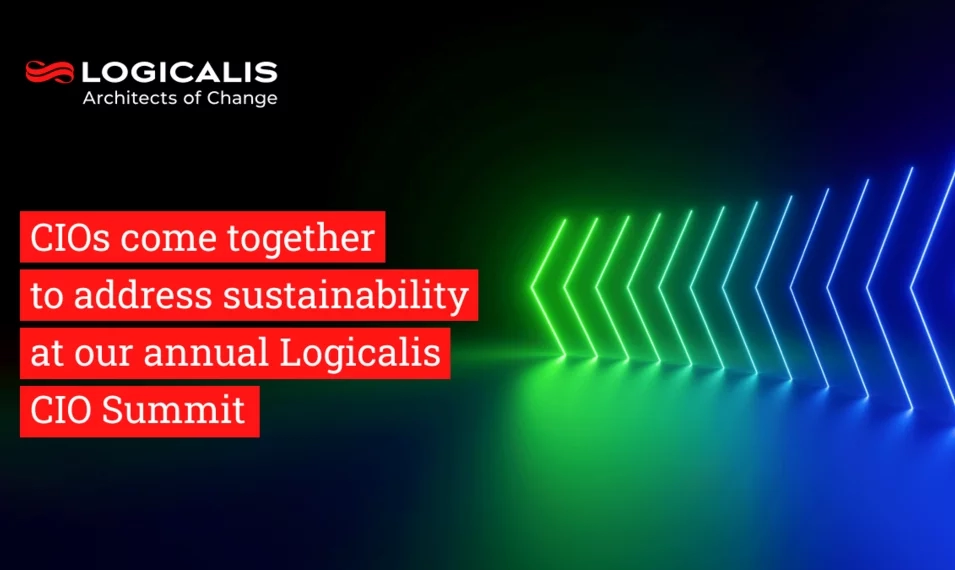
Global , Jun 22, 2023
CIO Summit 2023
Our summit, themed Forging a Digital Path to Sustainable IT, gave CIOs insight and inspiration from experts driving sustainable innovation in their industry and highlighted the vital role of IT as an enabler for sustainable transformation.
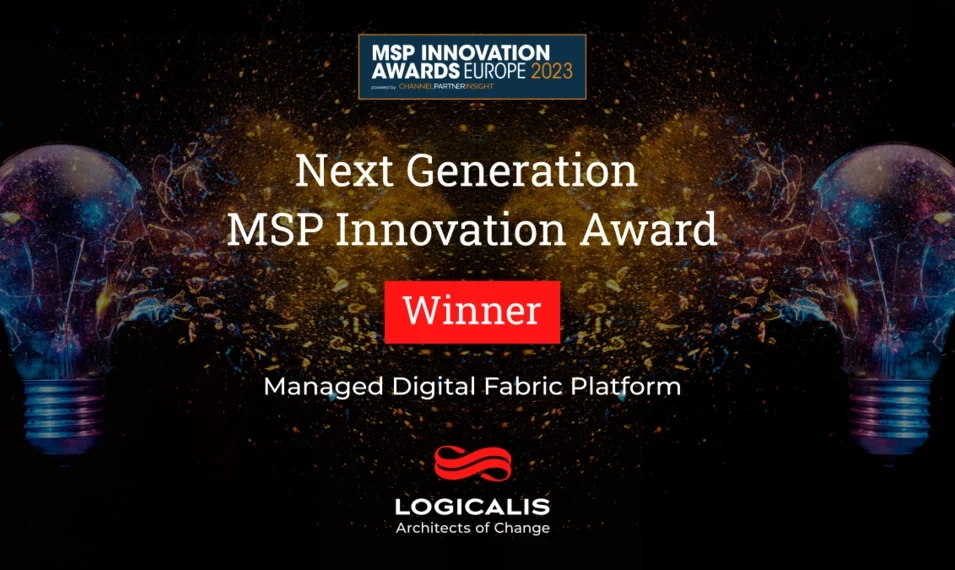
Global , Jun 16, 2023
Logicalis awarded Next Generation MSP Innovation award at the European MSP Awards 2023.
We created the Managed Digital Fabric platform to enable our customers to run their IT infrastructure and applications more efficiently, securely, and sustainably. We're thrilled that Logicalis has been awarded the Next Generation MSP Innovation Award at the European MSP Innovation Awards 2023 for this platform.
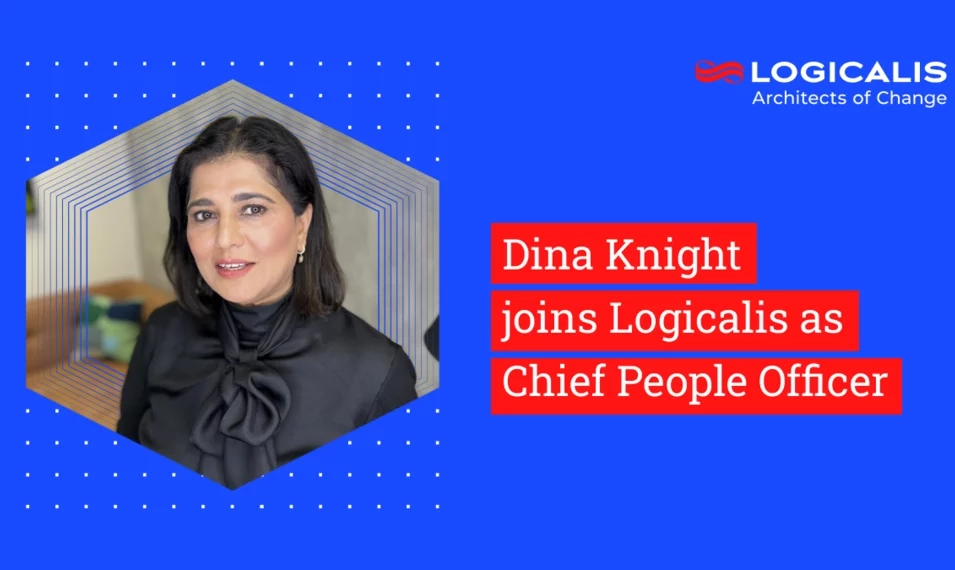
Global , Mar 6, 2023
Press Release
Logicalis take people strategy to new level with appointment of Dina Knight as its first Group Chief People Officer
Logicalis, a global technology service provider, today announces the appointment of Dina Knight to the position of Chief People Officer, in a newly created role within the executive team, reporting to Global CEO, Robert Bailkoski.
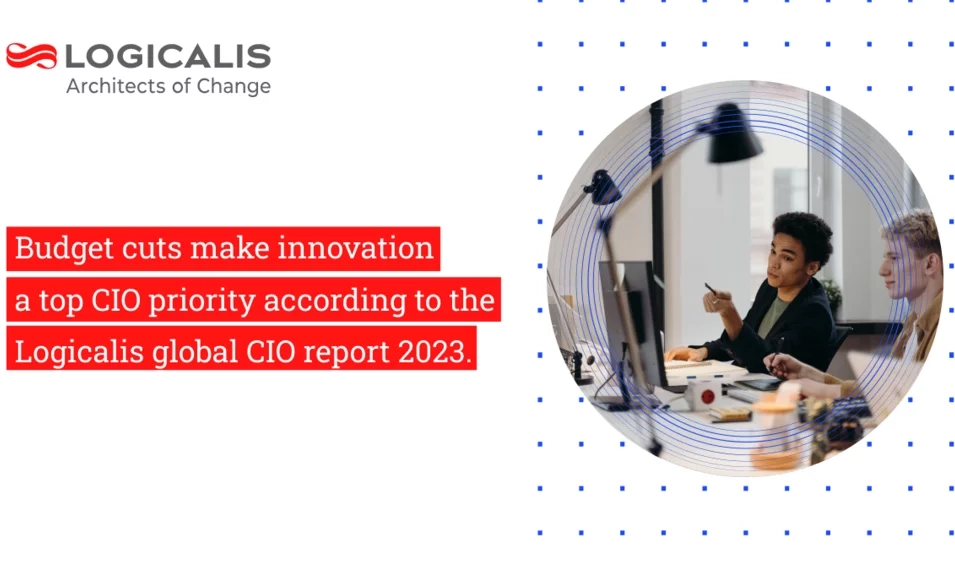
Global , Feb 21, 2023
Budget cuts make innovation a top CIO priority according to the Logicalis global CIO report 2023.
While firms are concerned about the global economy and continue to cut budgets, CIOs are responding by taking on more of a strategic role.

Global , Feb 10, 2023
Bold leadership elevates CIOs to the boardroom, according to Logicalis global study
CIOs have stepped into the role of digital evangelist and strategic advisor, according to the 2023 Global CIO Survey from Logicalis, a global technology service provider.
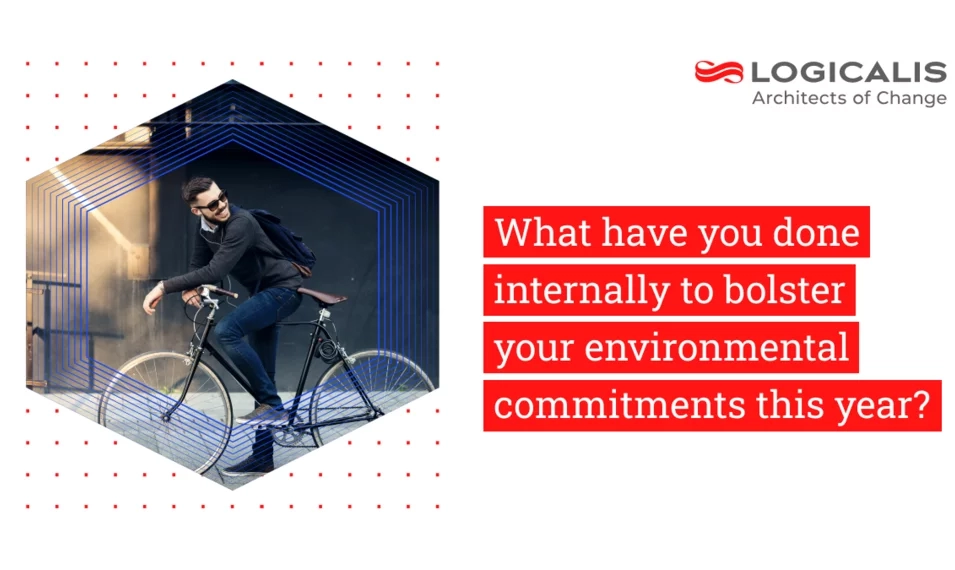
Global , Dec 21, 2022
How have channel partners made their business more sustainable this year?
How have partners made their businesses more sustainable this year? CRN/Channel Web quizzed six UK and European resellers and distributors bosses, including Logicalis CEO, Bob Bailkoski, on what they have done internally to bolster their environmental commitments
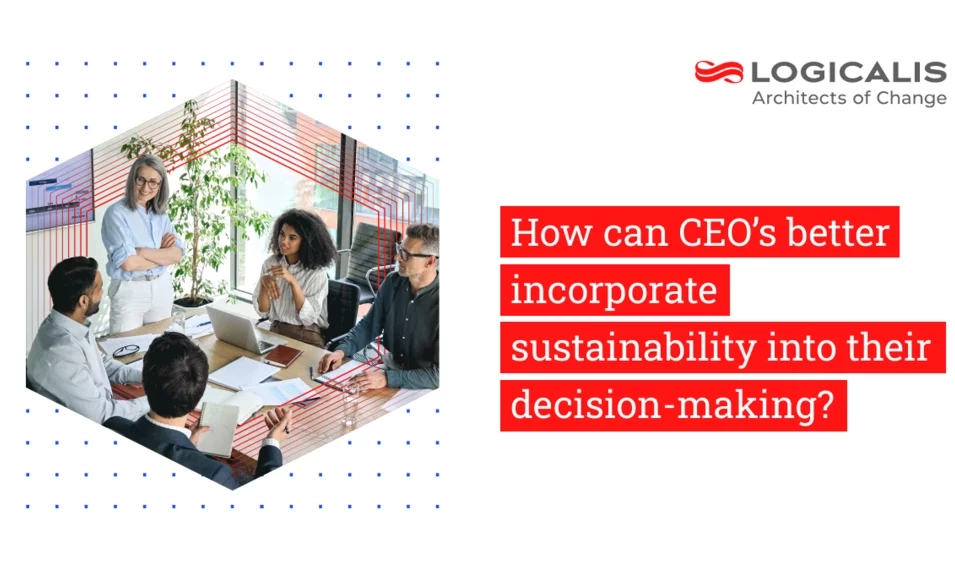
Global , Dec 20, 2022
How can CEOs better incorporate sustainability into their decision-making?
Bob Bailkoski, CEO, shares his top three pieces of advice for CEOs wishing to better incorporate sustainability into their decision making.
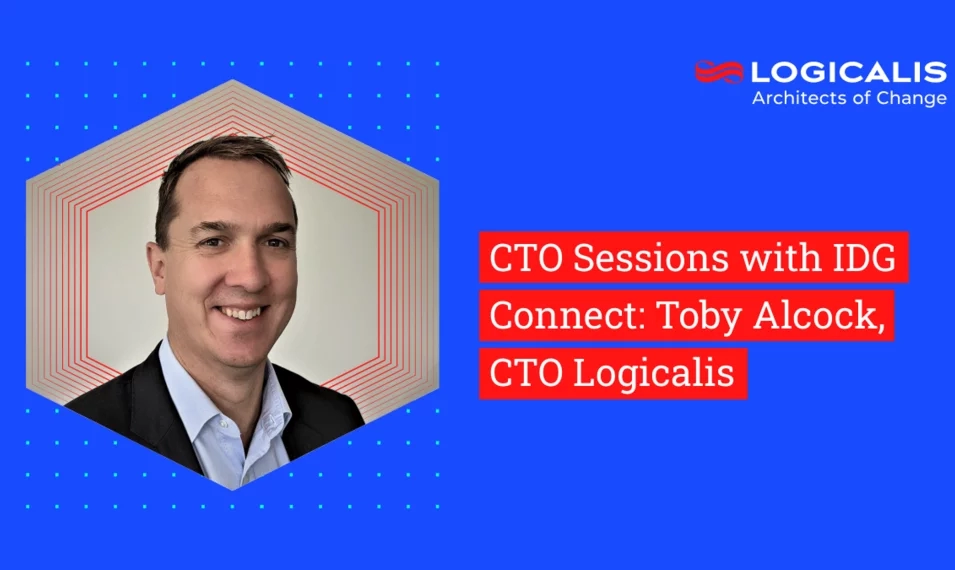
Global , Dec 20, 2022
CTO Sessions with IDG Connect: Toby Alcock, CTO Logicalis
Toby speaks to IDG Connect about how he became our CTO, the biggest issues customers are facing currently, how we’re focussed on customer outcomes with automation and how to align technology with business goals.
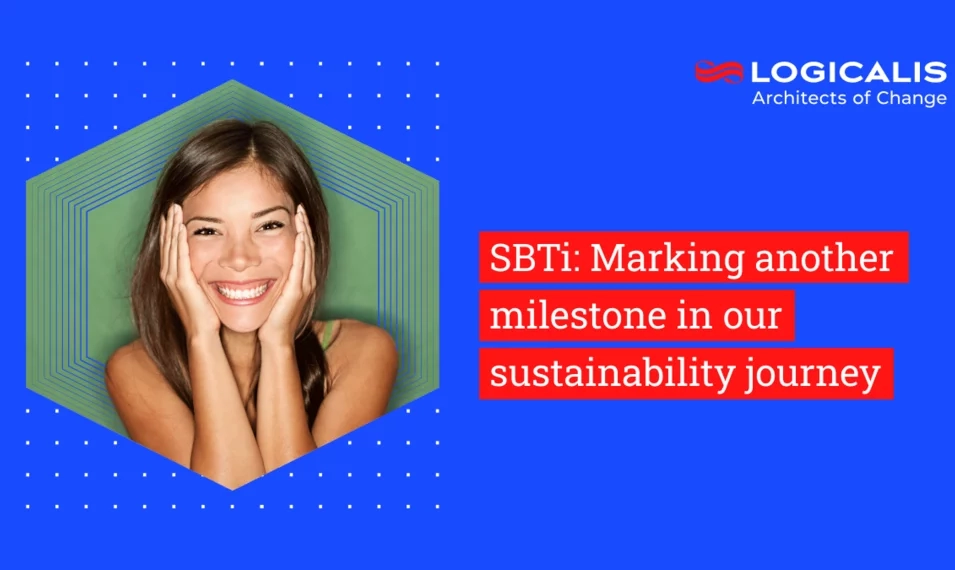
Global , Dec 19, 2022
Logicalis commits to Corporate Net Zero Standard (SBTi), marking another milestone in its sustainability journey
London, United Kingdom – 19 December 2022: Logicalis, a global technology service provider, today announces its commitment to the Science Based Targets initiative (SBTi) Corporate Net Zero Standard - the world's first framework for corporate net zero target setting in line with climate science.

Global , Dec 12, 2022
Logicalis Group CEO on sustainability: 'There is scope for the channel to work more closely together to achieve greater impact'
Bob Bailkoski, shares with Channel Partner Insight how there is scope for the channel to work more closely together to achieve greater impact
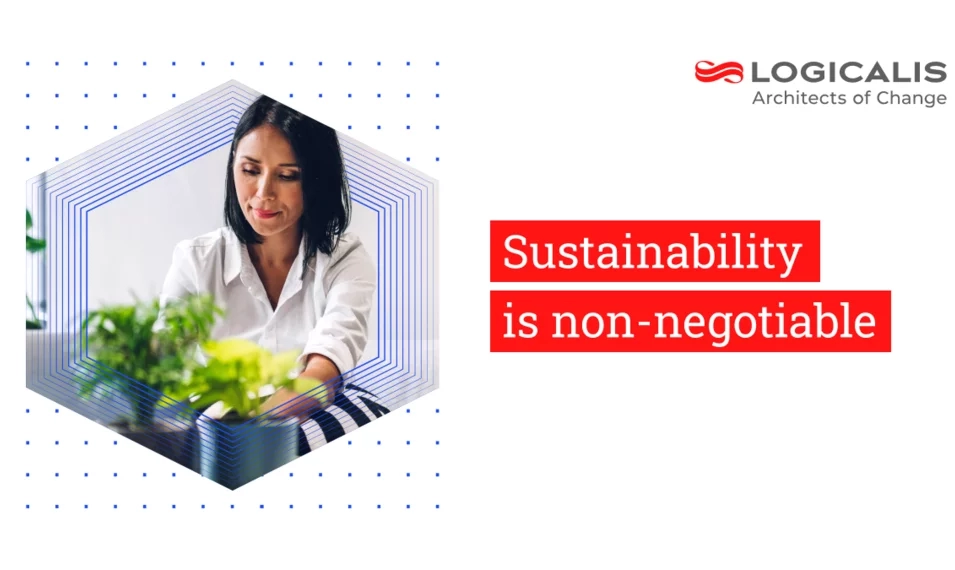
Global , Dec 9, 2022
Logicalis CEO: Sustainability is non-negotiable
Logicalis CEO, Robert Bailkoski talks to Simon Quicke, editor of MicroScope UK, about sustainability and how the business is playing its part in reducing the strain on the planet and how he’s encouraging staff, suppliers and customers to get involved
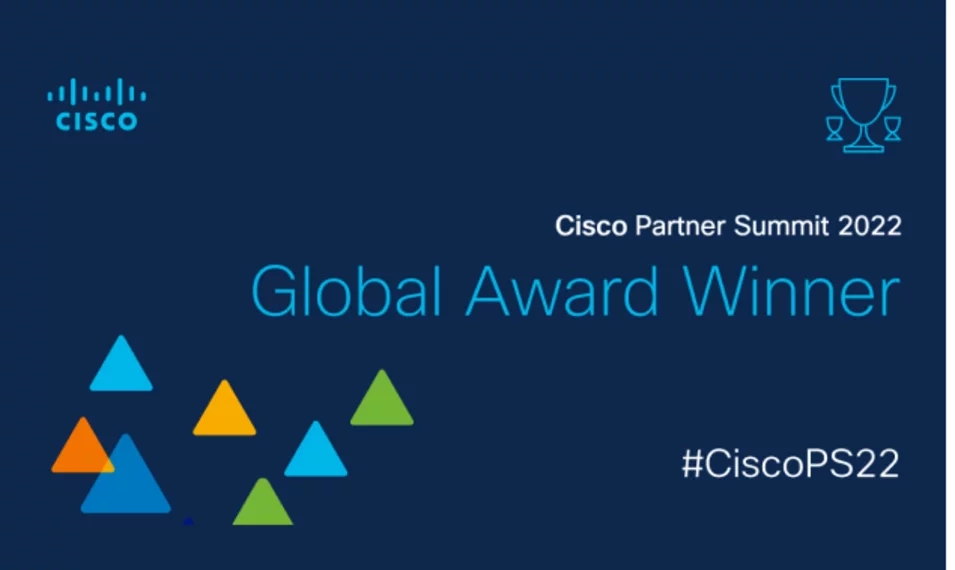
Global , Nov 7, 2022
Logicalis Recognised as Winner of the Cisco Global Enterprise Networking and Meraki Partner of the Year Award at Cisco Partner Summit 2022
We’re delighted Cisco recognises Logicalis as the Global Enterprise Networking and Meraki Partner of the Year 2022. These awards are a consequence of the 25-year strategic partnership between Logicalis and Cisco, uniting to drive customer success. Congratulations to everyone involved

Global , Oct 27, 2022
Will business air travel ever return to its pre-Covid heights?
While the aviation sector is slowly taking off again, it is struggling to attract passengers who have realised how much work can be done virtually. Bob Bailkoski, CEO Logicalis joins the debate with Raconteur, sharing his views on sustainable travel.

Global , Mar 22, 2022
A new generation of workers demand a new approach to the workplace
The rise of remote working and a younger digitally native workforce, is shaking up traditional business structures. Many organisations are still adapting their workspaces to cope and in some instances need to overhaul their approach to work entirely.
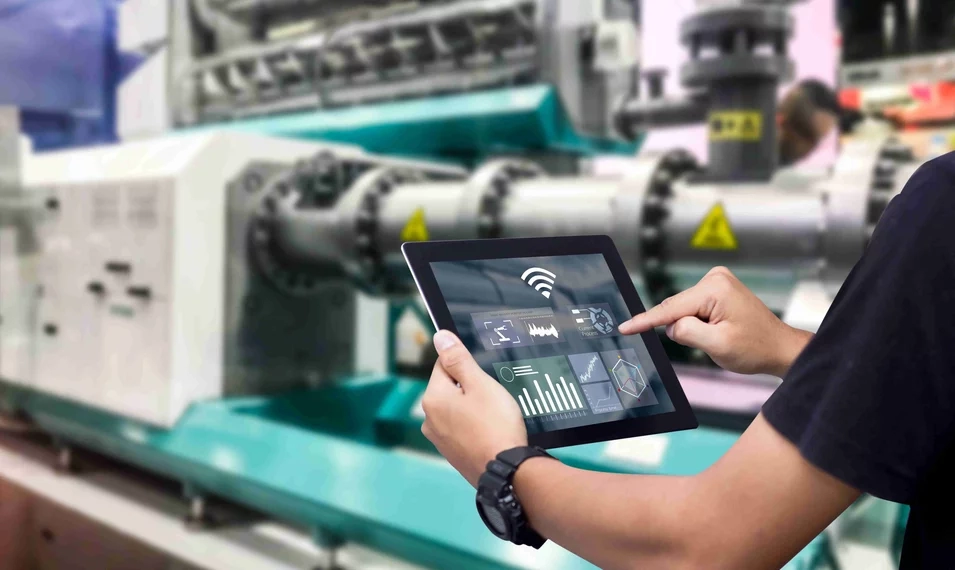
Global , Jan 26, 2022
CIOs spending more time on innovation than ever before
CIOs are spending more time on innovation, with three quarters stating they have increased innovation efforts, according to the 2021 Global CIO Survey from Logicalis

Global , Mar 8, 2021
International Women's Day 2021
Our teams around the world are committed to supporting gender equality and challenging gender bias and inequality. To celebrate International Women’s Day 2021, we spoke to a couple of women in leadership from across Logicalis.
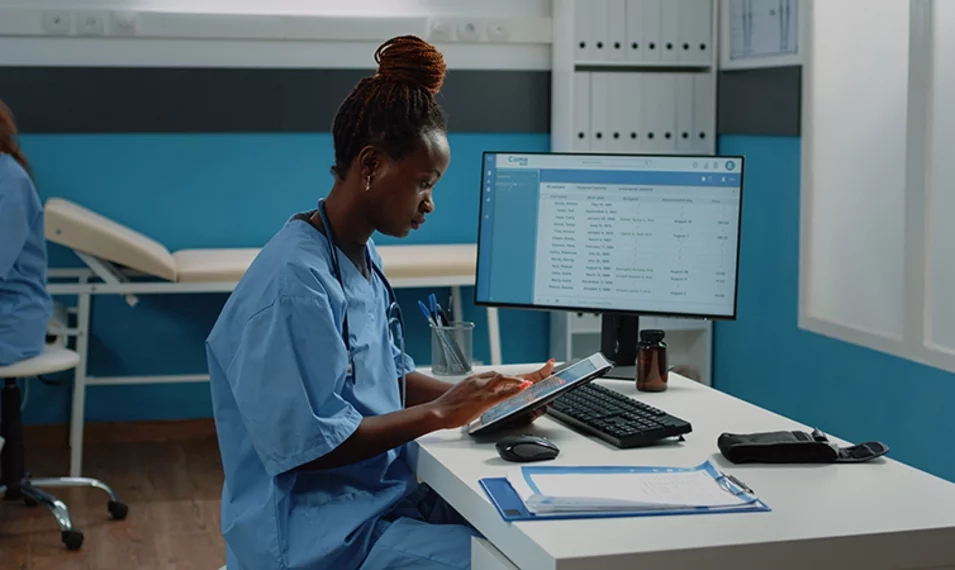
, Feb 12, 2021
Scaling up health workers remote working by implementing Azure
Peninsula Health turned to Logicalis for assistance with migrating to a cloud facilitated environment before the pandemic emerged, however as the global situation worsened the need to make some rapid and drastic decisions became very clear. The fast reactions of the Peninsula Health and Logicalis teams meant that staff were able to work remotely safely with secure access to sensitive information.

Global , Jan 12, 2021
Protect your business’ most important asset – its employees
Remote working is here to stay, and employees have learnt how to stay productive and proactive. However, the sudden transition to working from home has not been an easy one.

EMEA , Dec 18, 2020
Logicalis Group appoints Michael Chanter as Chief Operating Officer
London, 18th December 2020 – Logicalis, a leading international IT solutions and managed service provider today announces that Michael Chanter is making the transition from his current role as CEO of Thomas Duryea Logicalis in Australia, to Chief Operating Officer of Logicalis Group.

, Mar 18, 2020
Covid-19: Logicalis Business Continuity Plan
Since the first cases of the coronavirus appeared on the world stage, we’ve been monitoring the spread of the disease worldwide and proactively implementing procedures to minimize the effects to our employees, customers, partners and the society at large.

Global , Mar 5, 2020
Logicalis Awarded Microsoft Azure Expert Managed Service Provider Status
Logicalis Group has today announced it has achieved Microsoft Azure Expert Managed Services Provider (MSP) status, one of only 65 firms globally to achieve such accreditation out of more than 60,000 cloud partners.

, Feb 19, 2020
Businesses struggle to realise benefits of emerging technologies
Enterprises’ use of emerging technologies is on the rise around the world, but many are failing to capitalise on its benefits according to the 2019 Global CIO Survey from Logicalis, a global provider of IT solutions.
, Mar 1, 2019
MicroStrategy names Logicalis EU Partner of the Year
Logicalis, the international IT solutions and managed services provider, has been named Europe Partner of the Year by MicroStrategy® Incorporated.
Global , Sep 1, 2016
Logicalis UK & Paxata Enter Into First-in-Market Partnership
Partnership transforms customer’s data processing and automation for improved data analytics and business intelligence.
, May 23, 2016
Logicalis Europe Announces Membership of Global Strategic Foresight Initiative
Logicalis Europe Becomes First Corporate User of Unlocking Foresight Know How (UFKH) – Chris Gabriel, Chief Digital Officer Europe Joins UFKH Advisory Board.
Global , Nov 16, 2015
Bob Bailkoski appointed as Logicalis Chief Financial Officer
London, 16th November 2015 – Logicalis, the international IT solutions and managed services provider, today announced Bob Bailkoski as its new Chief Financial Officer from 16 November 2015. About Logicalis Logicalis is an international IT solutions and managed services provider with a breadth of knowledge and expertise in communications and collaboration; data centre and cloud services; and managed services. For more information, visit www.logicalis.com
, Jul 14, 2015
Logicalis US Healthcare
Solutions Forges Strategic Partnership
with
Ascendian Healthcare Consulting to Drive Change in Healthcare Imaging
Solution Provider Reveals Seven Reasons Healthcare CIOs Avoid Thinking about Medical Imaging.
, Jun 9, 2015
Logicalis Europe Awarded NetApp International Star Partner Status
Logicalis has met the most stringent requirements on sales, pre-sales and post sales competencies around the entire NetApp product portfolio.
, May 6, 2015
Logicalis UK Acquires Leading Provider Of Analytics Solutions
The transaction is in line with Logicalis’ go to market strategy, and desire to establish itself as a driving force in the emerging digital markets driven by social, mobile, analytics and cloud technologies (SMAC).
, Apr 11, 2014
Logicalis positioned as trusted SDN technology and business advisor in IDC MarketScape report
Managed services specialist is a ‘contender’ in IDC MarketScape Report focused on network virtualization and SDN.
, Feb 11, 2014
Logicalis US Wins 2014 IBM Beacon Award in Outstanding Competitive Solution Category
IBM Beacon Awards Recognize IBM Business Partners for Driving Business Value with Smart, Innovative Solutions
